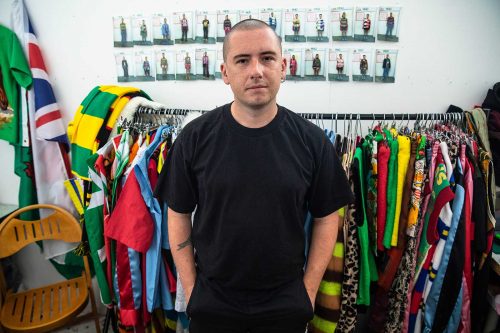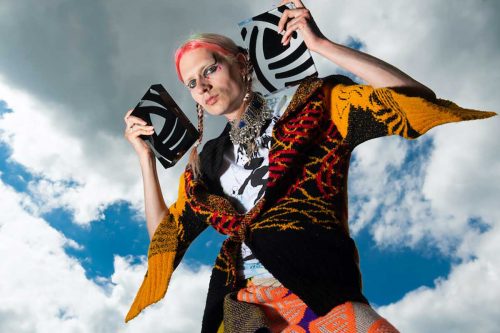Brinkworth’s portfolio includes some of the biggest names in culture and retail–for example, their work with All Saints led to one of the most instantly recognisable store concepts of all time, and it’s still in use today. The pair mix their punk backgrounds with their innate understanding of design and architecture, and one of their ongoing projects includes a ten-year long partnership with iconic streetwear brand Supreme, for whom they designed an innovative concept that can be visited in stores across the world. Most notably, in San Francisco, an indoor skate bowl built from timber is suspended from a mezzanine.
Their playful ethos extends to everything they do, whether it’s an endless shoe display for End, a giant magic 8-ball for Stussy, a theatrical store concept for Fiorucci, an installation for Diesel or reimagining shipping containers for BoxPark. With a background in not just architecture and design but skateboarding, culture and alternative music, Adam and Kevin’s work is always infused with an enthusiastic ethos of community and collaboration that gets more exciting every year. No matter what they create, from skateparks to offices or the regeneration of a housing development as they did in their revival of Sheffield’s Park Hill, BRINKWORTH work closely with their environment to create spaces that are truly inclusive.
Here at BUILDHOLLYWOOD we’re constantly looking for new ways to be inspired by and work with urban spaces, so we love what Brinkworth do. We caught up with Adam and Kevin to chat about their work:
How did you two meet and get started with Brinkworth?
Adam: At a lot of colleges in the 80s, you were told that the world is your oyster and there’s all these things to do, but when I left there was a recession and there was actually nothing to do! I was unemployable and very naive in terms of architecture and design. When I got my first project, I thought that an architect just did everything, so I started out that way, which proved quite successful. My first job was a little retail project in Kings Road in 1990, and about seven years later, I met Kevin at a party.
Kevin: I had a girlfriend who took me shopping on a Saturday afternoon, which wasn’t my favourite thing to do, but I ended up in this really cool shop. I called a friend of mine that evening, and he said he knew the designer and he introduced me to Adam. I think at the time, Adam was intrigued by what I was doing, because I was doing music venues and stuff like that, and I was intrigued by what he was doing, because I’d never done retail before. So we hit it off, and he invited me to join the company.
Adam: The idea was to work to expand our offering beyond retail with the sort of experience I had with non-retail environments, and that’s what we’ve been doing ever since.
Adam: When Kevin joined, I was just making it up as I went along. What I was doing was very linear, very single-minded, very stubborn. He brought a much broader sense of expertise and skill and some professionality to the business.
What’s your process and ethos when working together now?
Adam: Experience will always be a big part of the response to any brief. There is certainly a structure now, because there’s a lot of diversity in our clients and there are a lot of people to look after through those processes. It has to be quite structured, and business-wise we need to make sure that we get paid for each part of the process as we go along. The artist and skater Ed Templeton, when he got more successful, said that he goes out of his way not to fuck people over. I think we have the same ethos. We quite often put as much as we can into projects and get very personally invested in our work. At the end of the day, for us, it’s about the relationship.
Kevin: I’m proud of the fact that we’ve been around so long, and it’s about nurturing those relationships. We treat everyone from the warehouse to the CEO with respect. It’s about being civil all the way through, because people remember you.
Has your approach to working changed over the years?
Adam: We’re trying to stay relevant and excited, but the thing that we do is very tangible. It’s not just about talking about brands, it’s actually a physical thing for people to populate, so you have to have a clear idea and express what the space needs to do to build that community. Then it needs to be good, because there’s no hiding from real 3D things, right? A good idea really well-crafted and executed is what we strive for. I like to think although we’ve got a structure to how we deliver a project, it’s completely open-ended as to how that happens. I think that’s why people want to stay and work with us, because it would be really tedious if we just did the same thing every day.
You work with a lot of youth culture and skateboarding brands–why does that fit so well with what Brinkworth is about?
Adam: We’ve worked with James Jebbia of Supreme for a dozen years now, and he’s very unique. He’s not mucking around, he’s really driven as to what it is, who’s it for, and keeping it really simple. James is really interested in what he does, and really patient. For our projects, a lot of what we do has to happen really quickly, but James wants to do it really well, make it world class and really take time.
We also do a lot of cultural aid work, because it is a part of us. We can associate ourselves with the best stuff in the world and it makes us want to get up in the morning and fulfil those dreams. That attracts the best people to our studio, that attracts the best clients. We’re looking to do some new stuff all the time and meet people with new ideas. We’re in our mid-50s now and we came from punk. We always want to do it differently and create a space where people have ideas and imagination.
Community and collaboration is really important to you–why?
Kevin: For me, that’s coming from my design training. Back in those days, architectural teaching was about building, it was a box in a field, but then there were these punk clubs coming up. People were gaining an understanding of the lived experience of architectural spaces. There’s a tension in-between a forgotten warehouse and that sort of urban fabric. I think we’ve just kept true to that idea, and some of the projects we are most proud of are the skate parks we’ve done. It’s not inside a shop or a shopping mall, it merges into the urban fabric and makes a public space. The shop frame is not the beginning and the end, and it is those spaces in between that fascinate me and influence our work. We have to think: who’s coming into that space? How are they using it? How does it fit consciously in its neighbourhood?
That awareness is clearest in your Park Hill project–tell me about that?
Kevin: Park Hill was a brutalist masterpiece, but long forgotten and disregarded, and an appetite for the restoration of those buildings came up. It was brilliant for us, really, because it went back in the social realm, even though students were moving in and out during that term time at the universities in Sheffield. I was really flattered to be asked to do it alongside Ben Kelly because I think what the developer recognised was that he needed an edgy duo like us. There was an outdoor space that we took over and created a hub or student hangout area for various activities. The building itself and the history of the building gave us a lot of scope to play with. It’s a brilliant environment, it’s picked up awards for social housing. It’s a genuine piece of civic work. There were a lot of cutbacks, we couldn’t do exactly what we would do, a lot of the ambition got cut out from budget restraints, which is understandable. But still, we ended up with a great project.
What’s your all-time favourite project?
Adam: My favourite project is one we did for ourselves at a little Italian café called Pellicci’s. We’ve been having Christmas dinners there for the last 25 years. We used to have an employment policy where we wouldn’t take any more people on if we couldn’t all fit in the café. Three years ago we had far too many people for the café, so we made something that we called not a pop-up but a pop-out restaurant. We just made a copy of the restaurant and bolted it on the front of the existing building, so it was double the size. We faithfully decorated it with all the same pattern inside and then we printed out Polaroids and photographs from the last 25 years and put them on the walls. I love that project because it was just done for ourselves. It was a four hour project, and now I’m thinking, maybe we could do it again and make it double storey. It was all illegal of course, but we loved it.


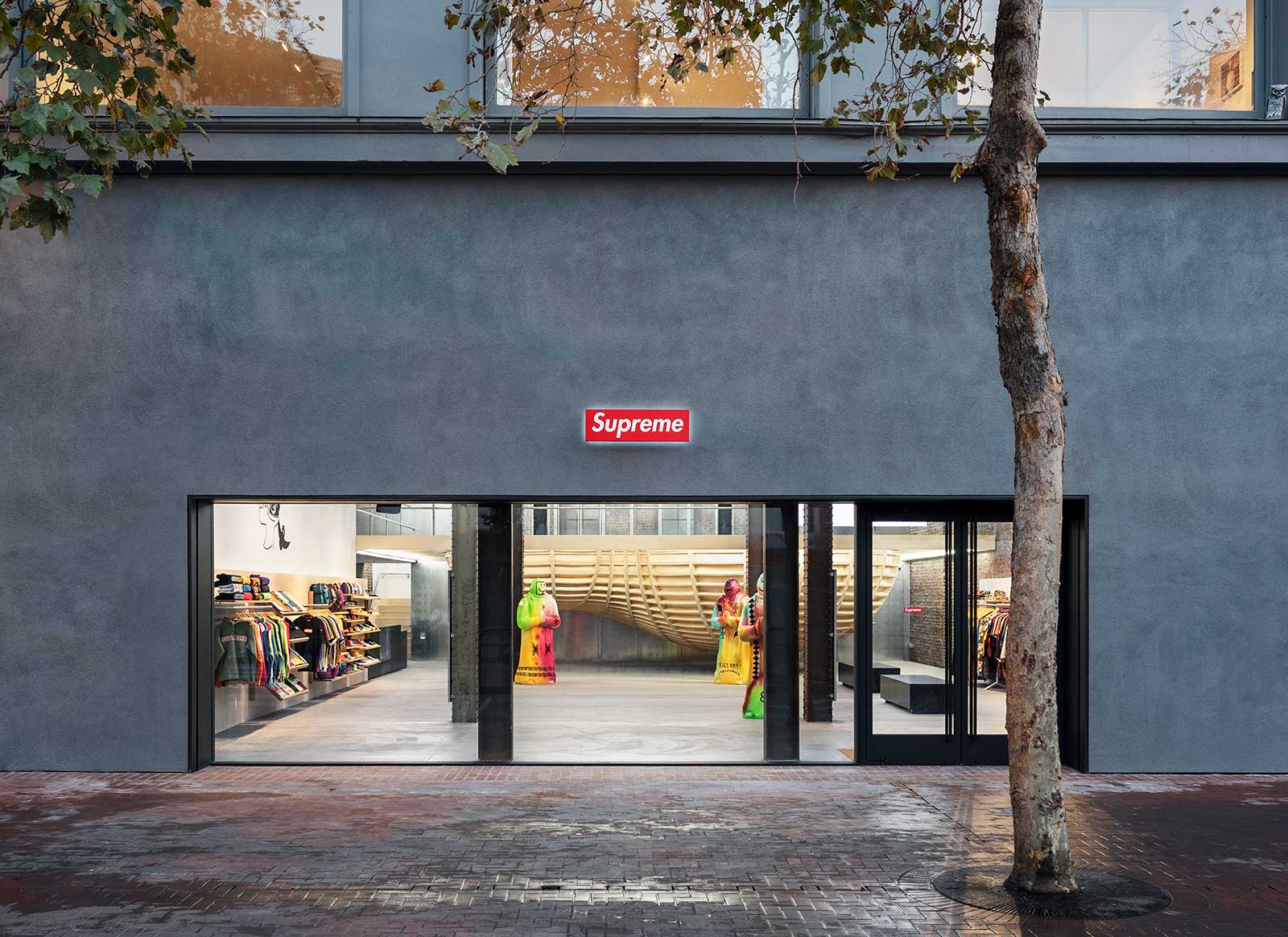
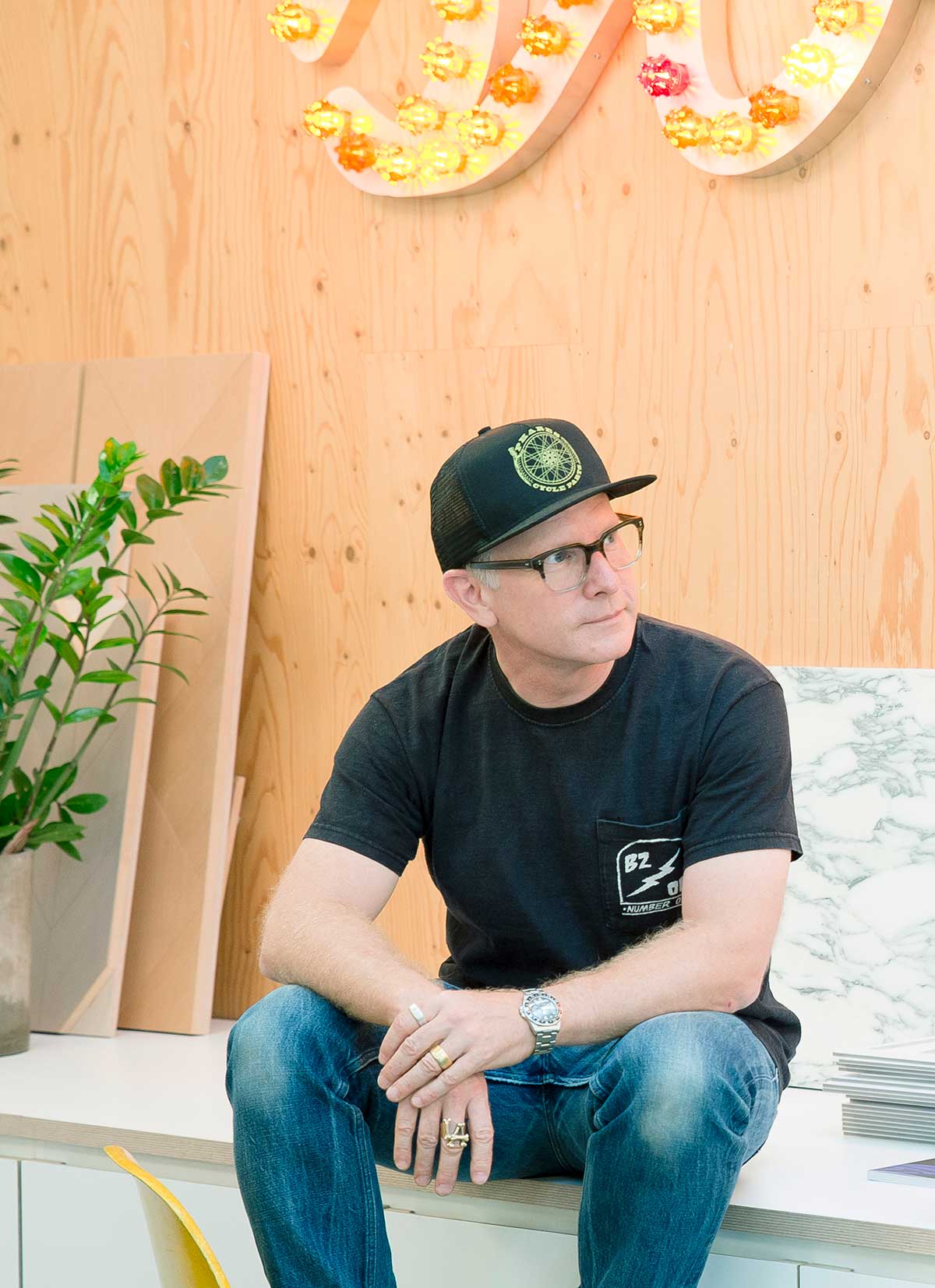 Adam Brinkworth
Adam Brinkworth
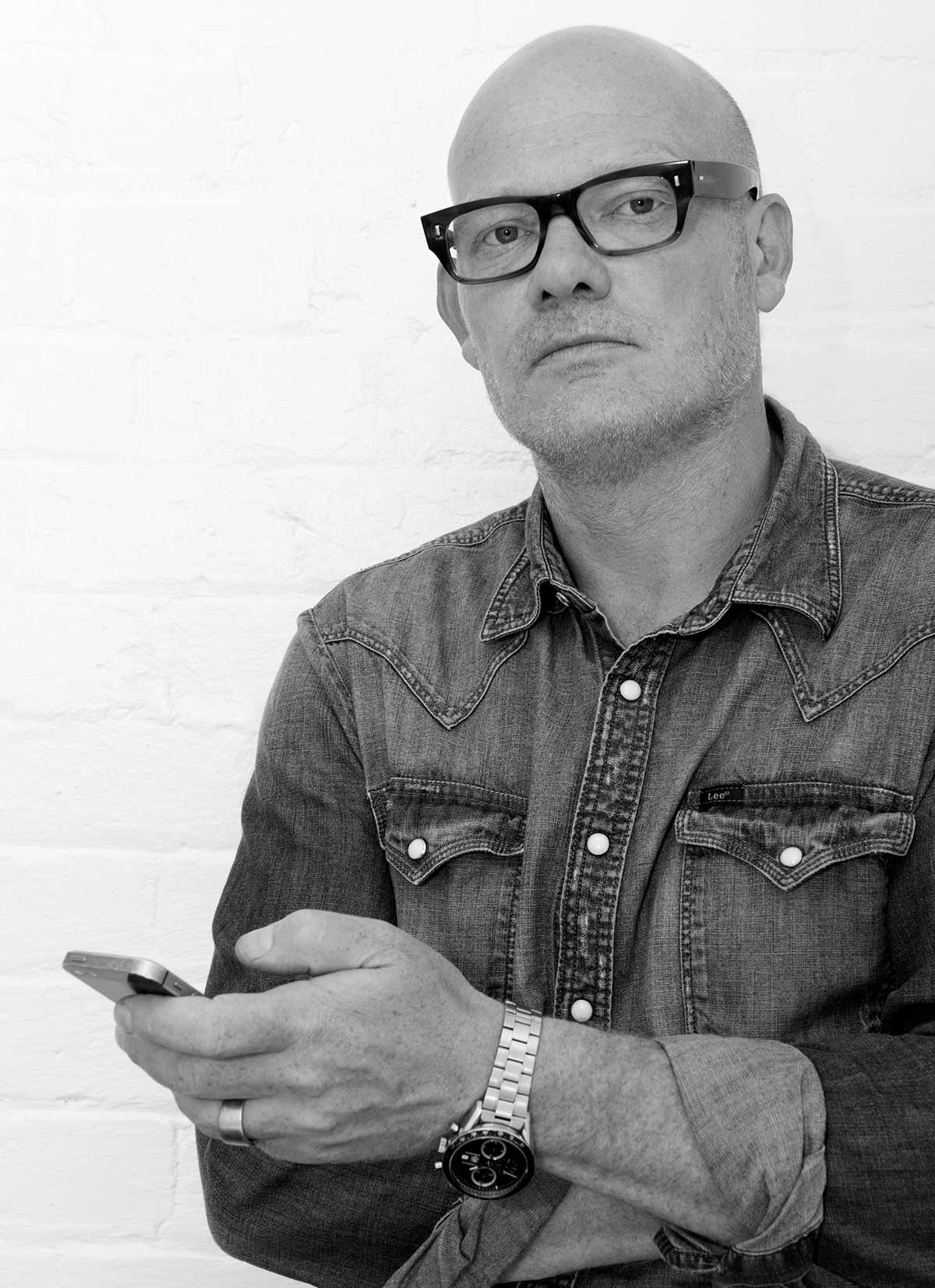 Kevin Brennan
Kevin Brennan
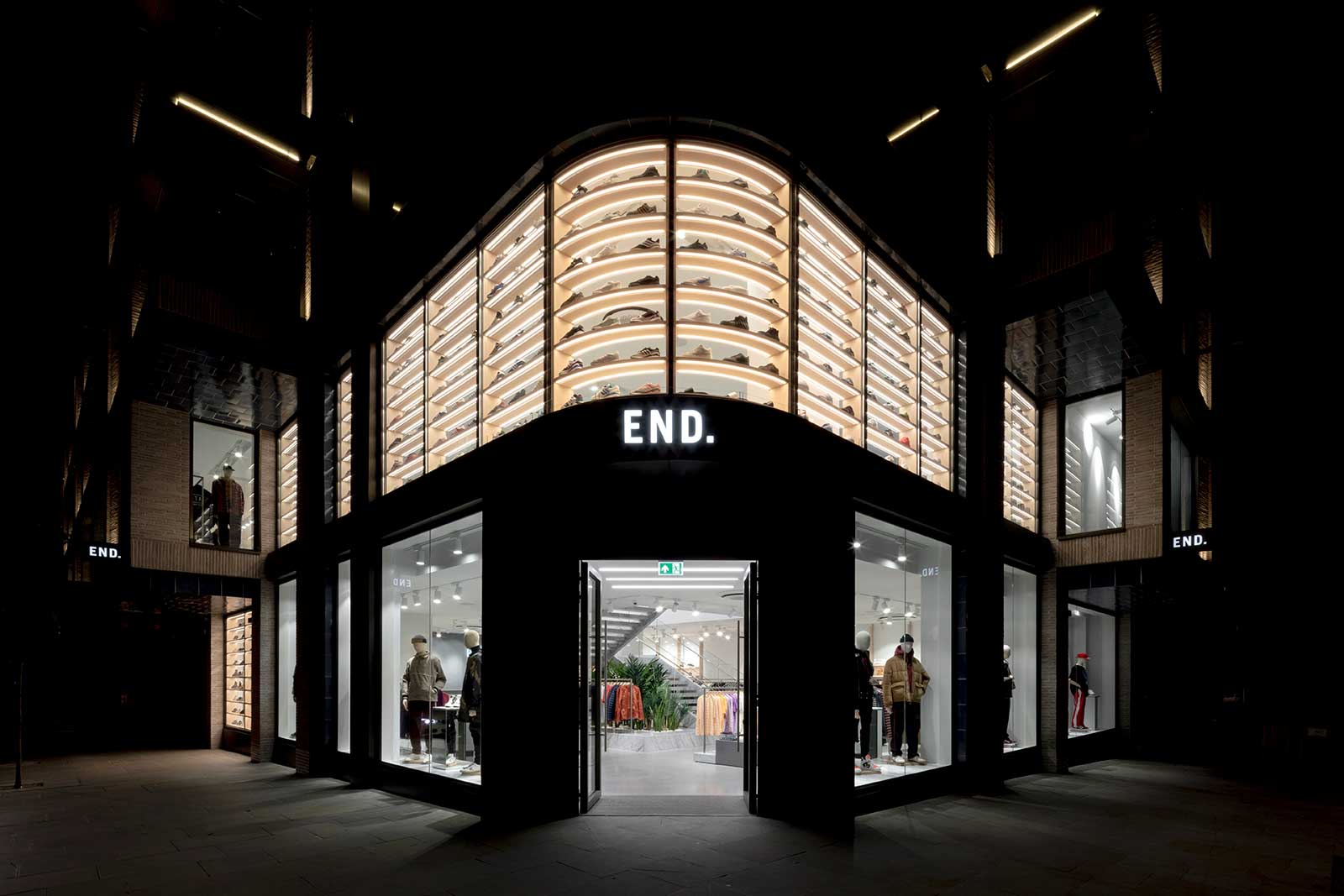 End. - Brinkworth
End. - Brinkworth
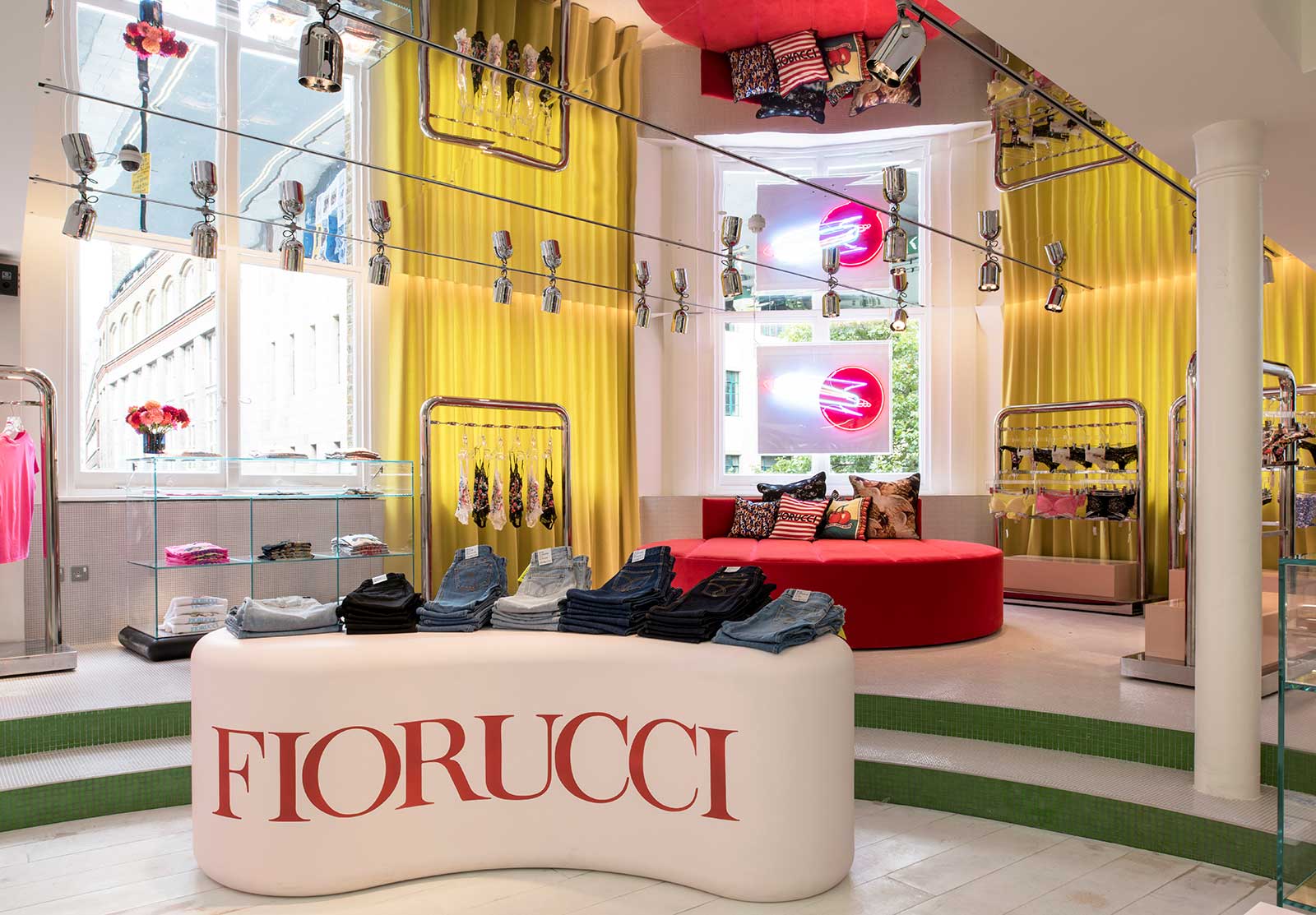
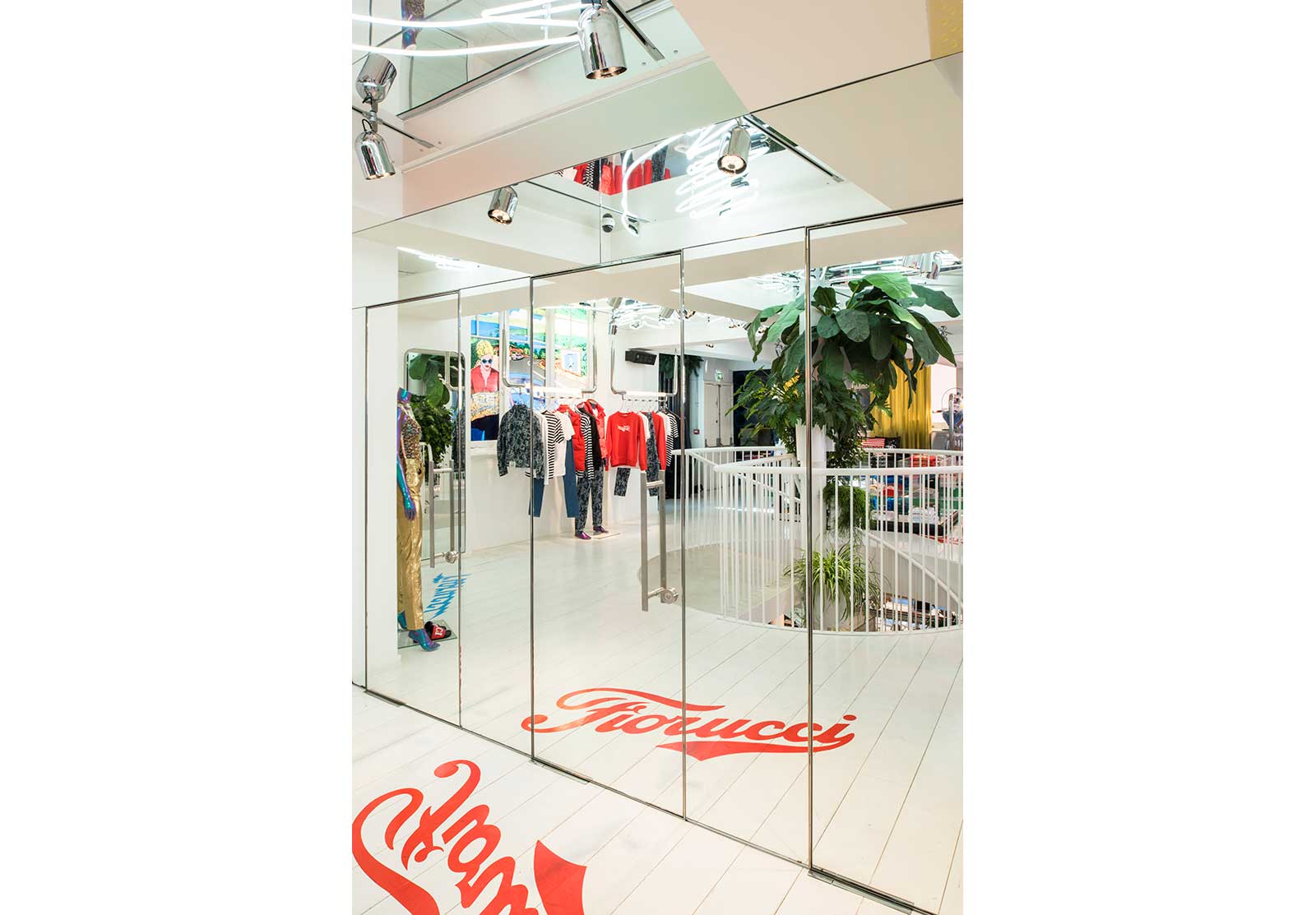
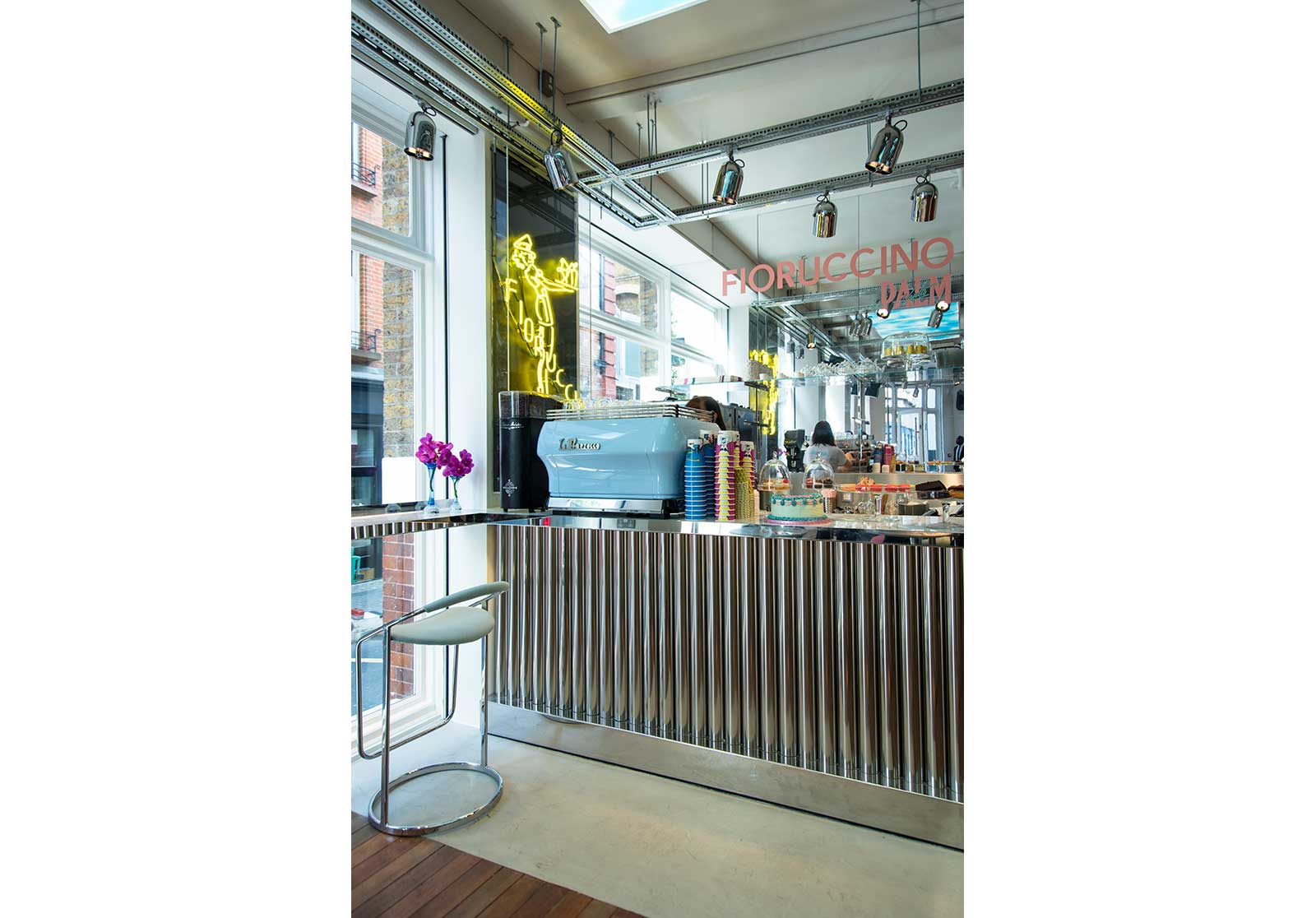
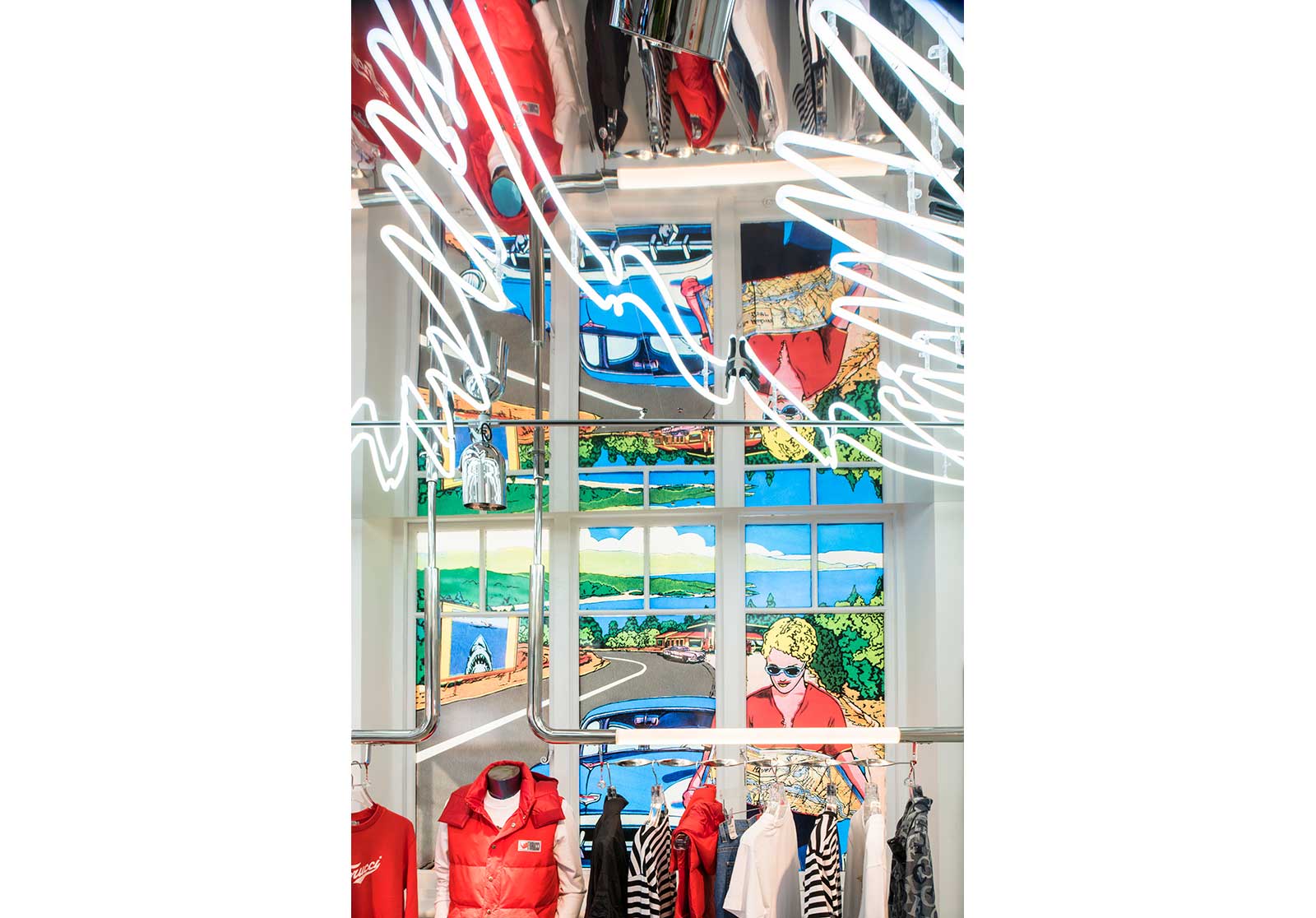
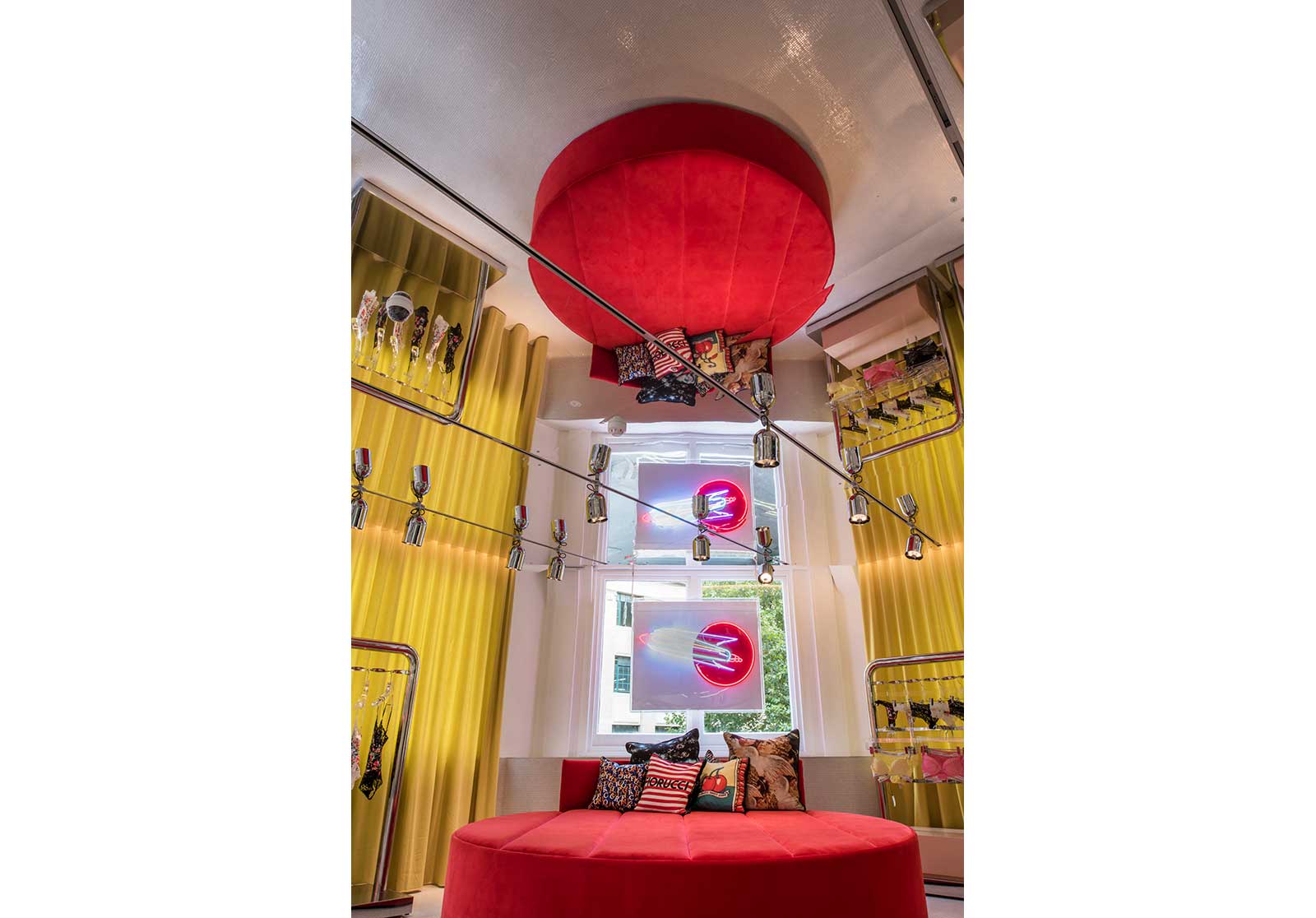
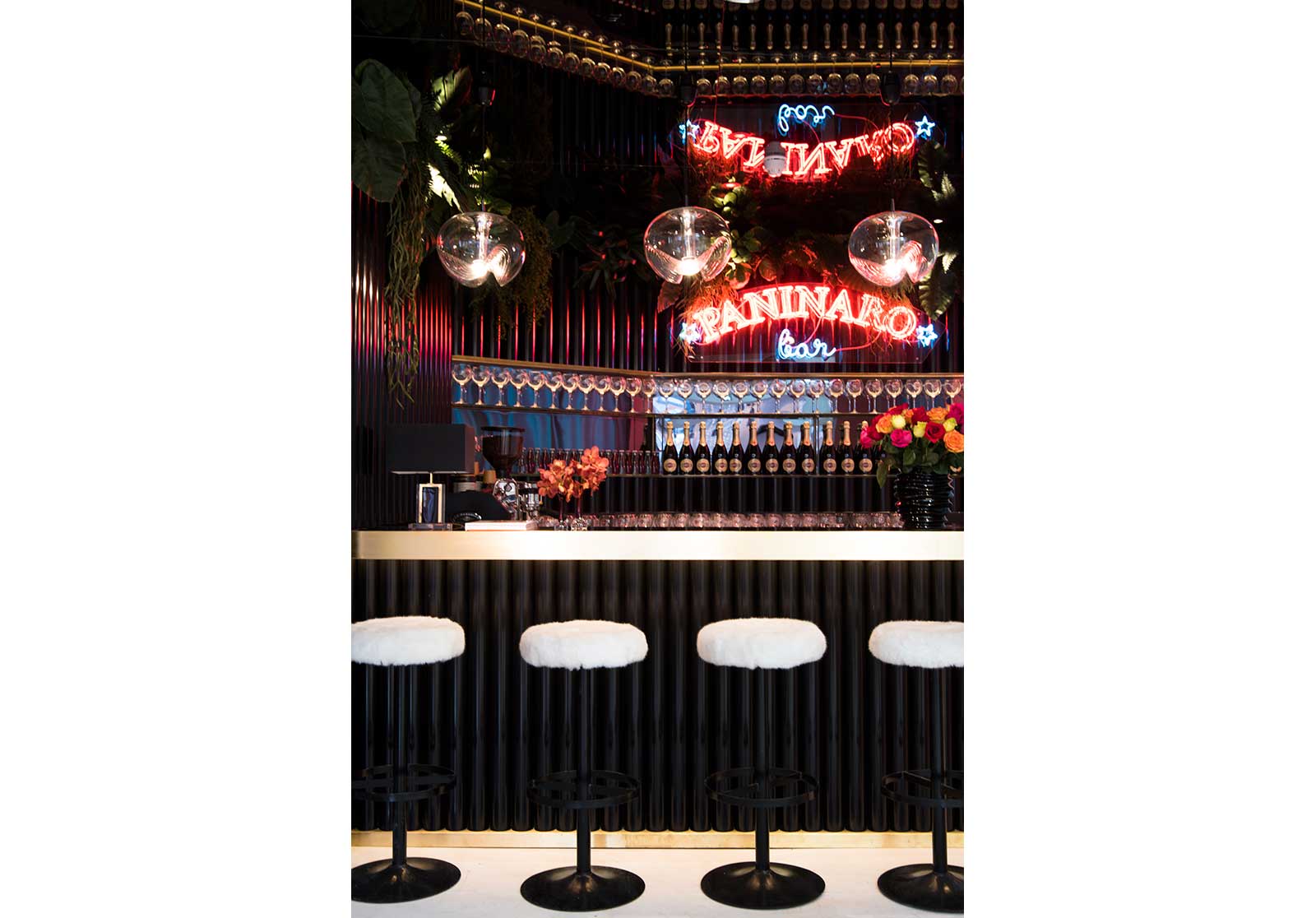
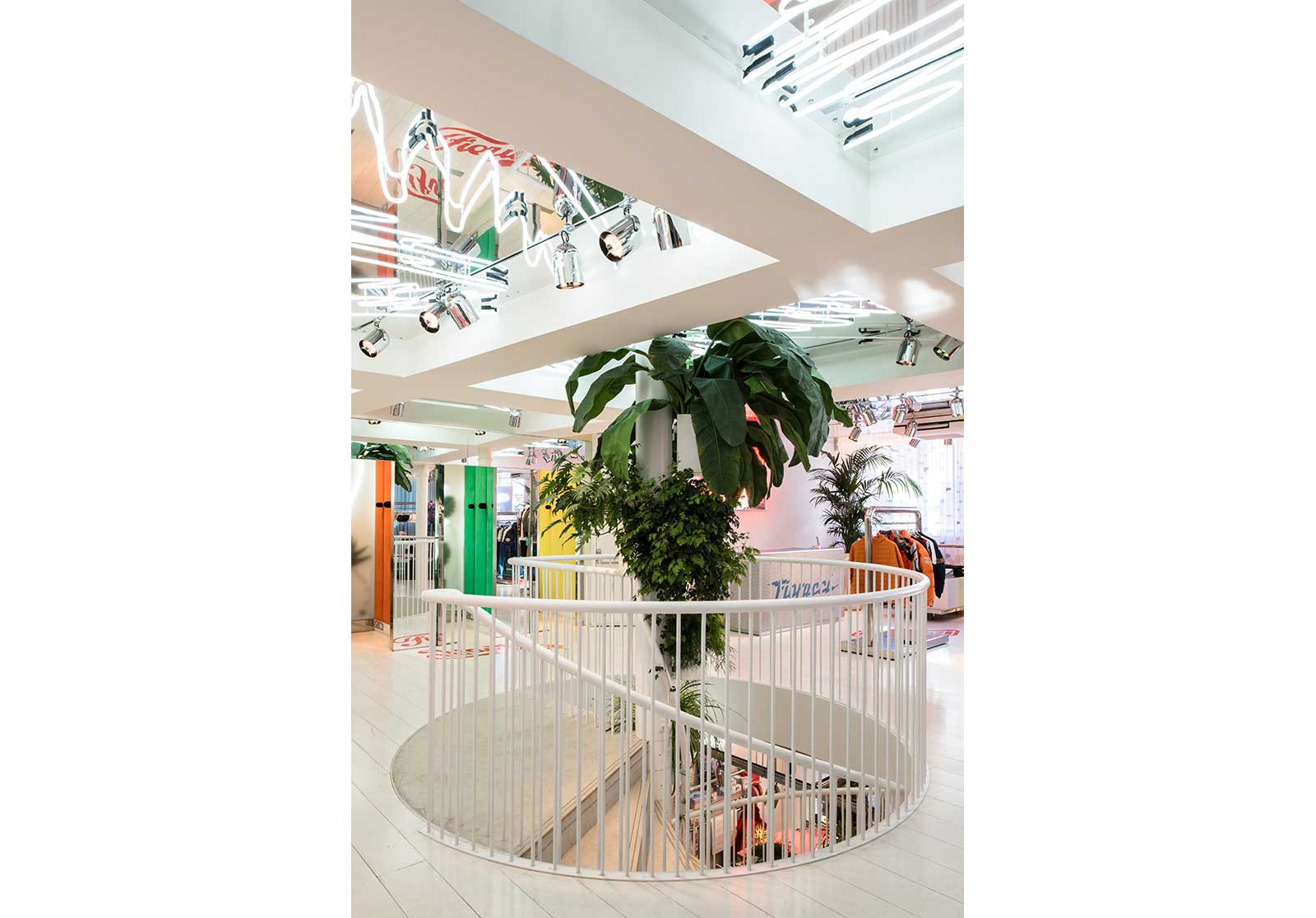
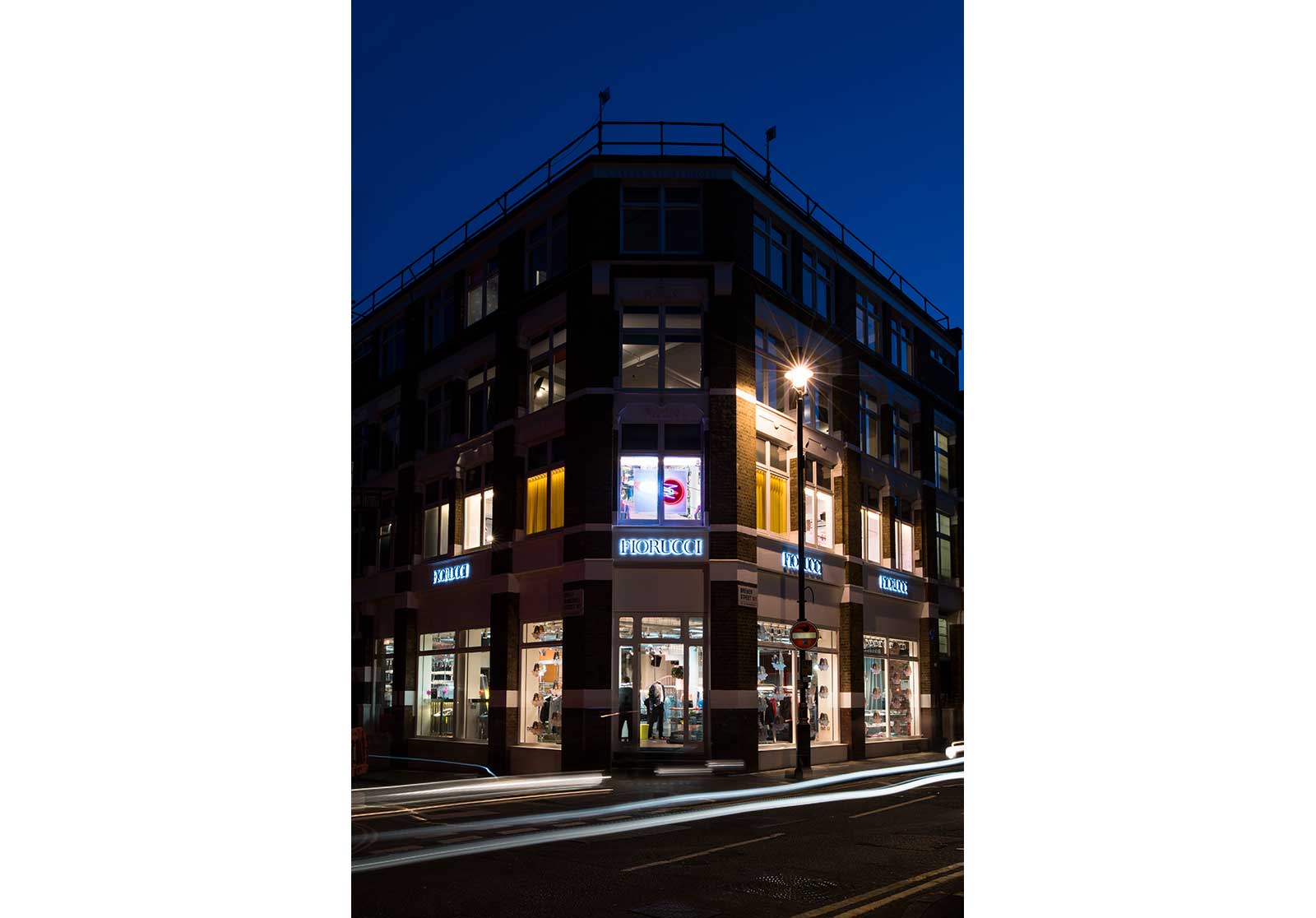
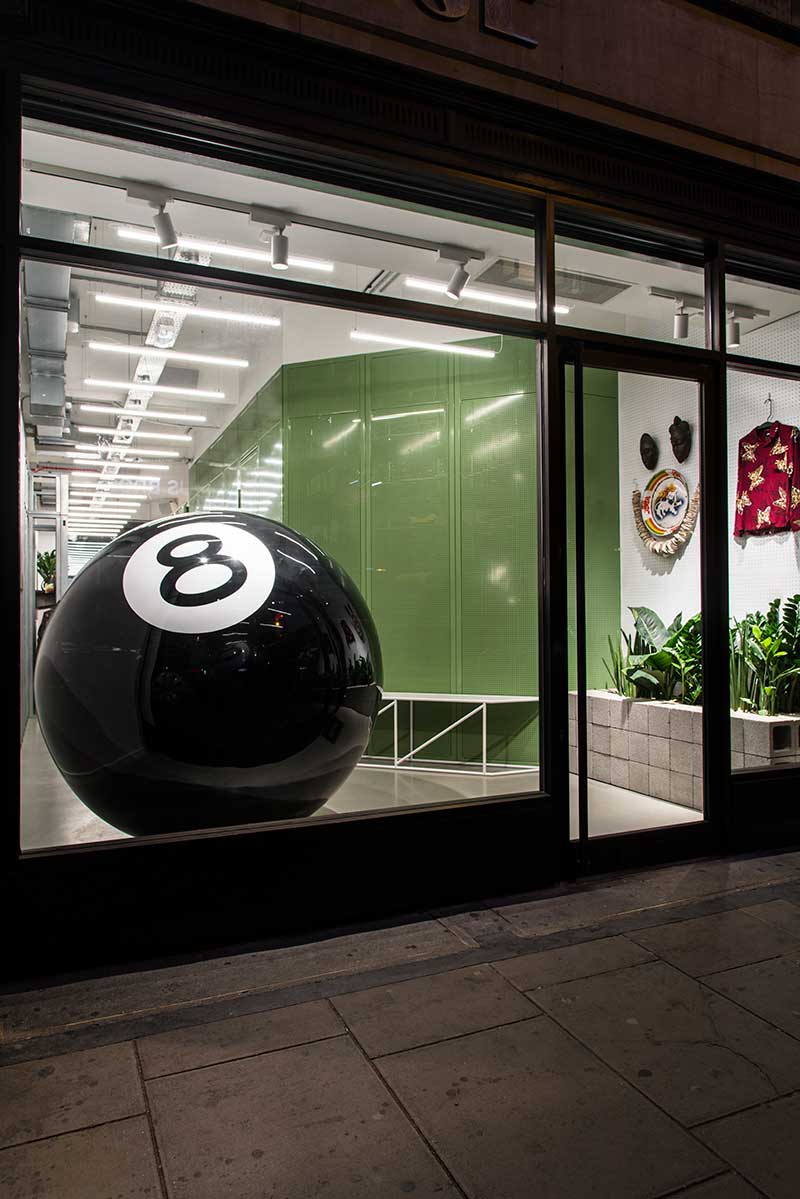
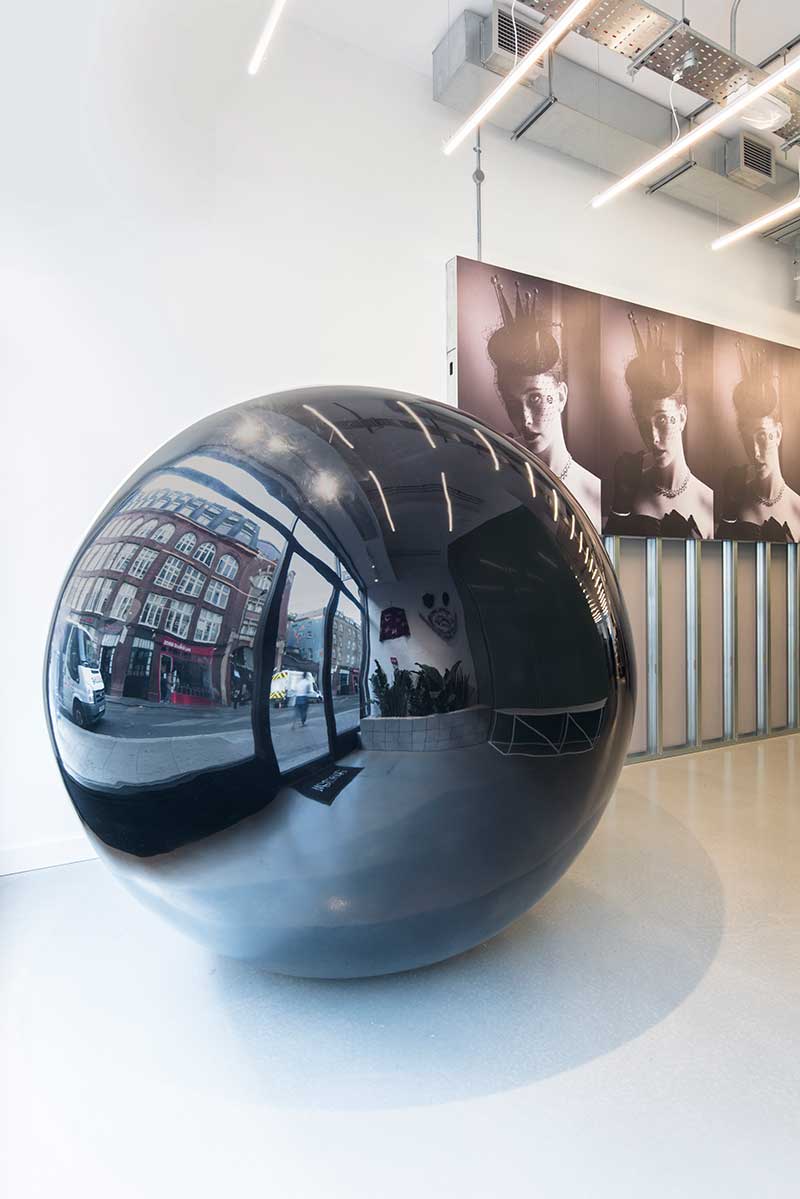
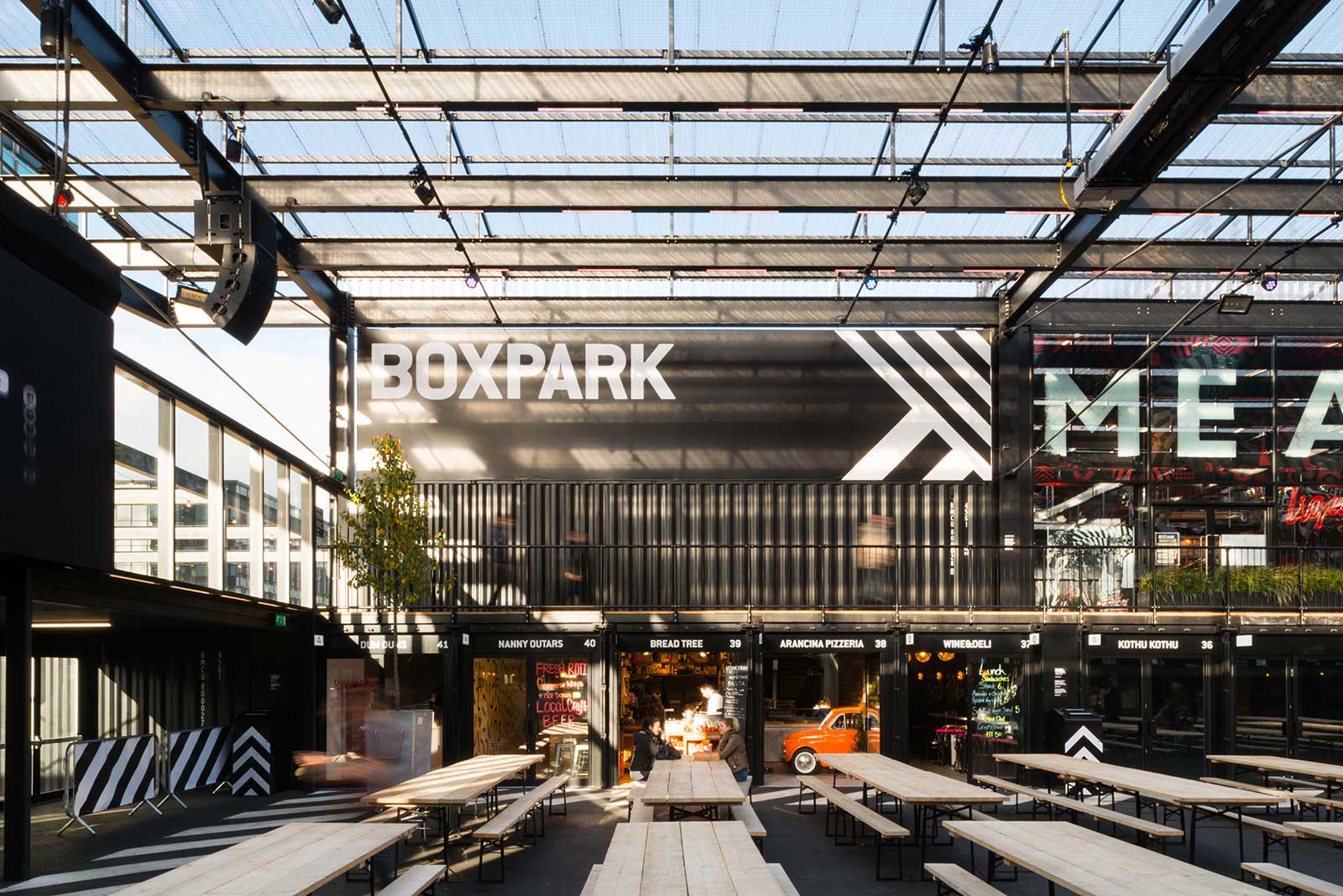
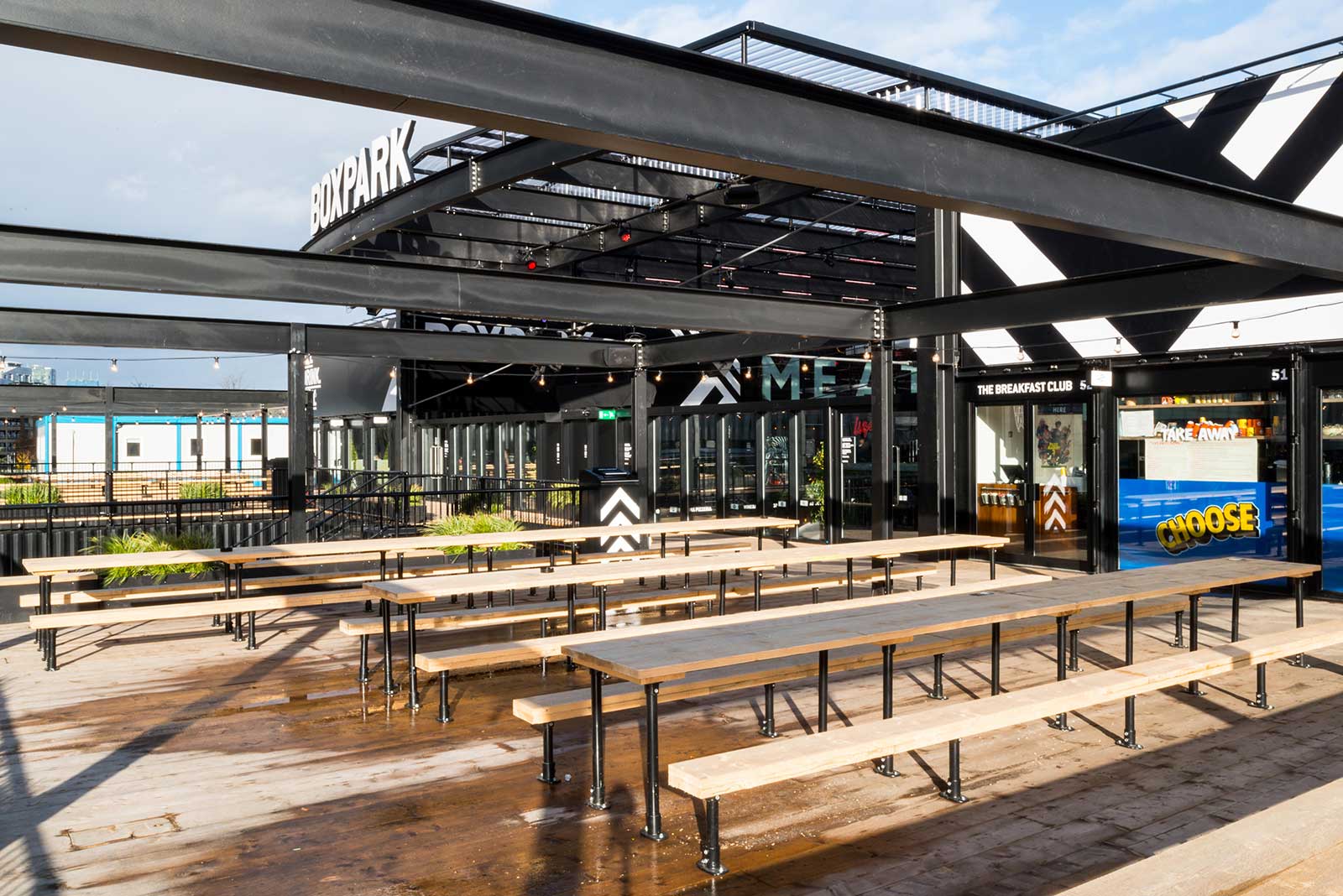
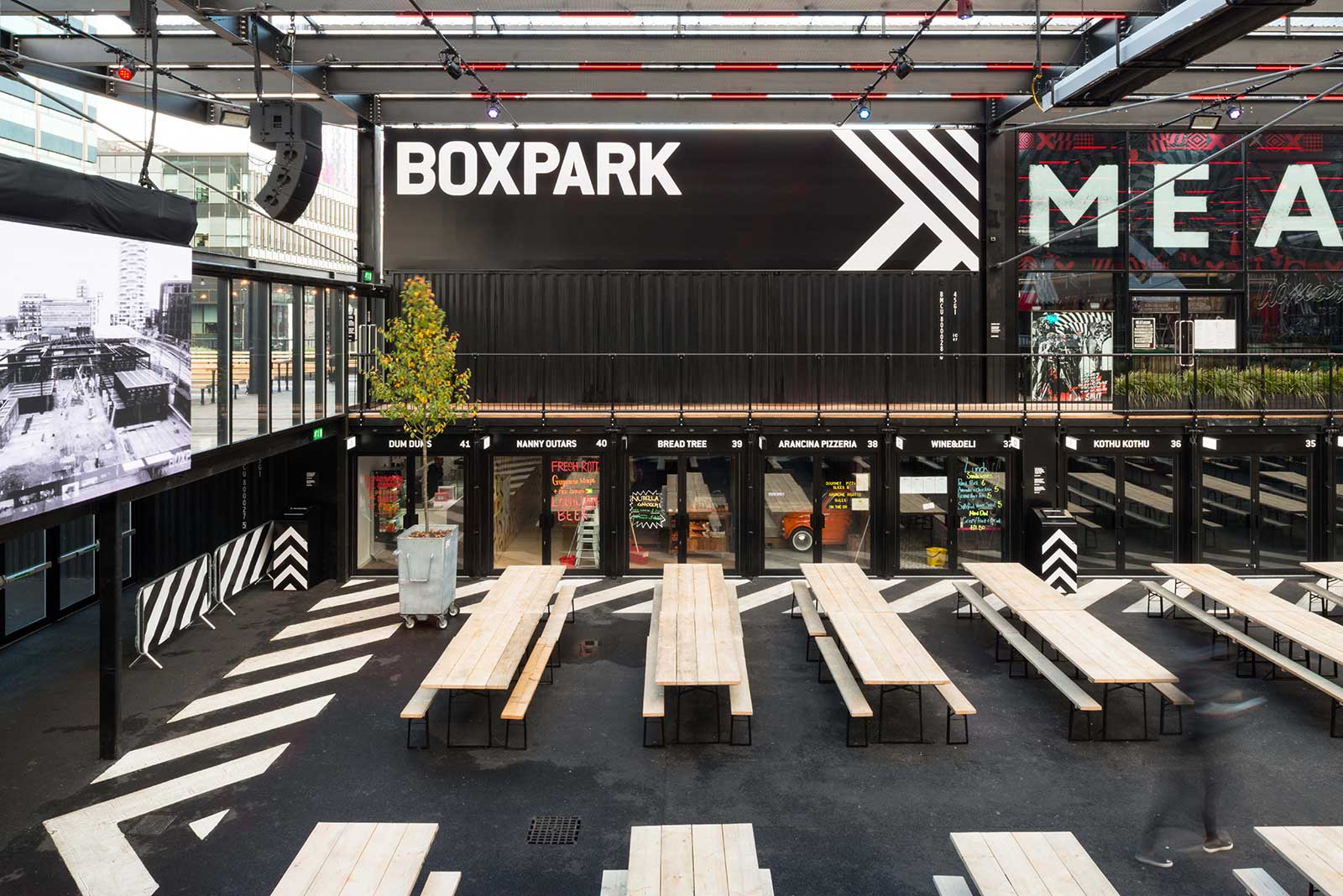
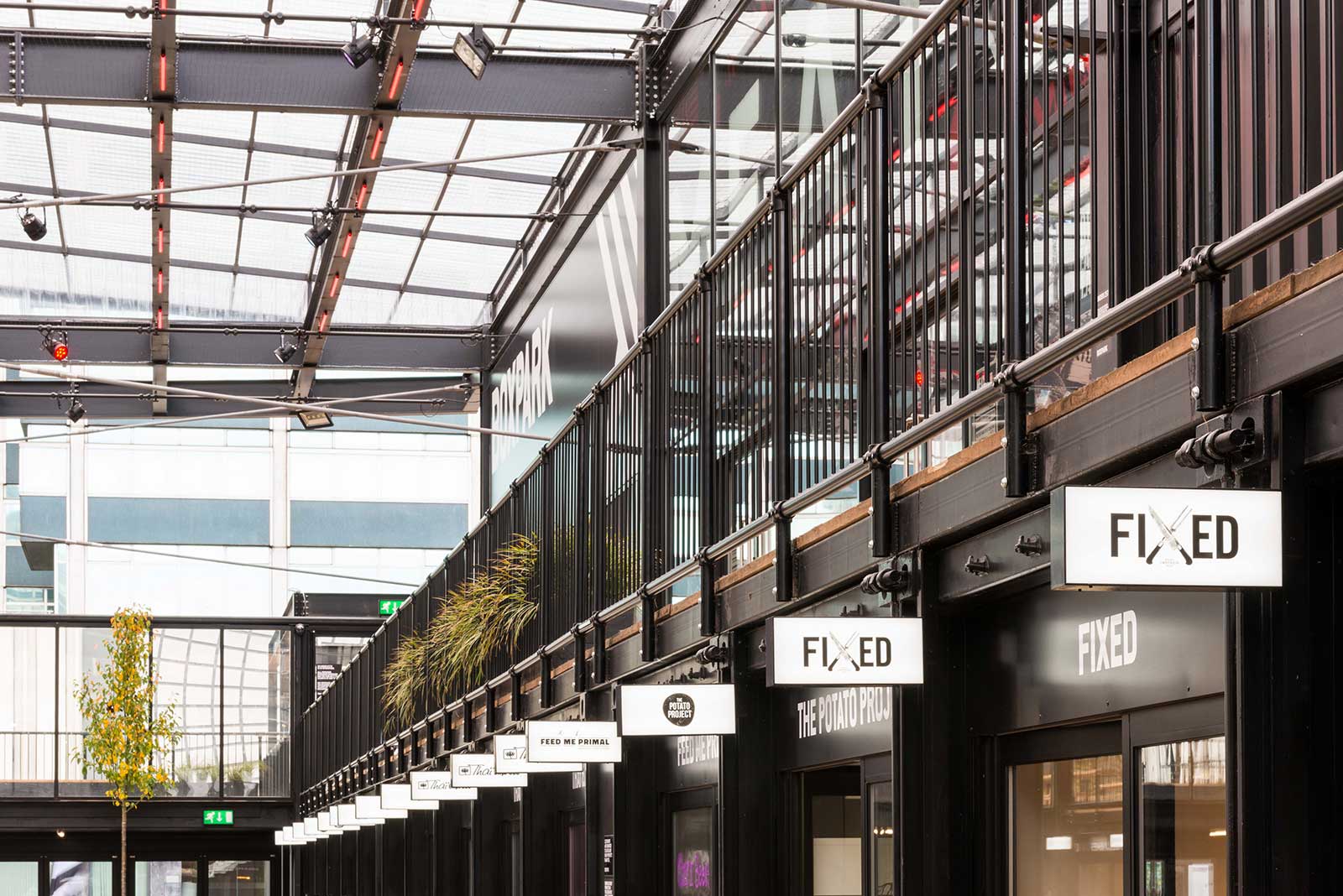
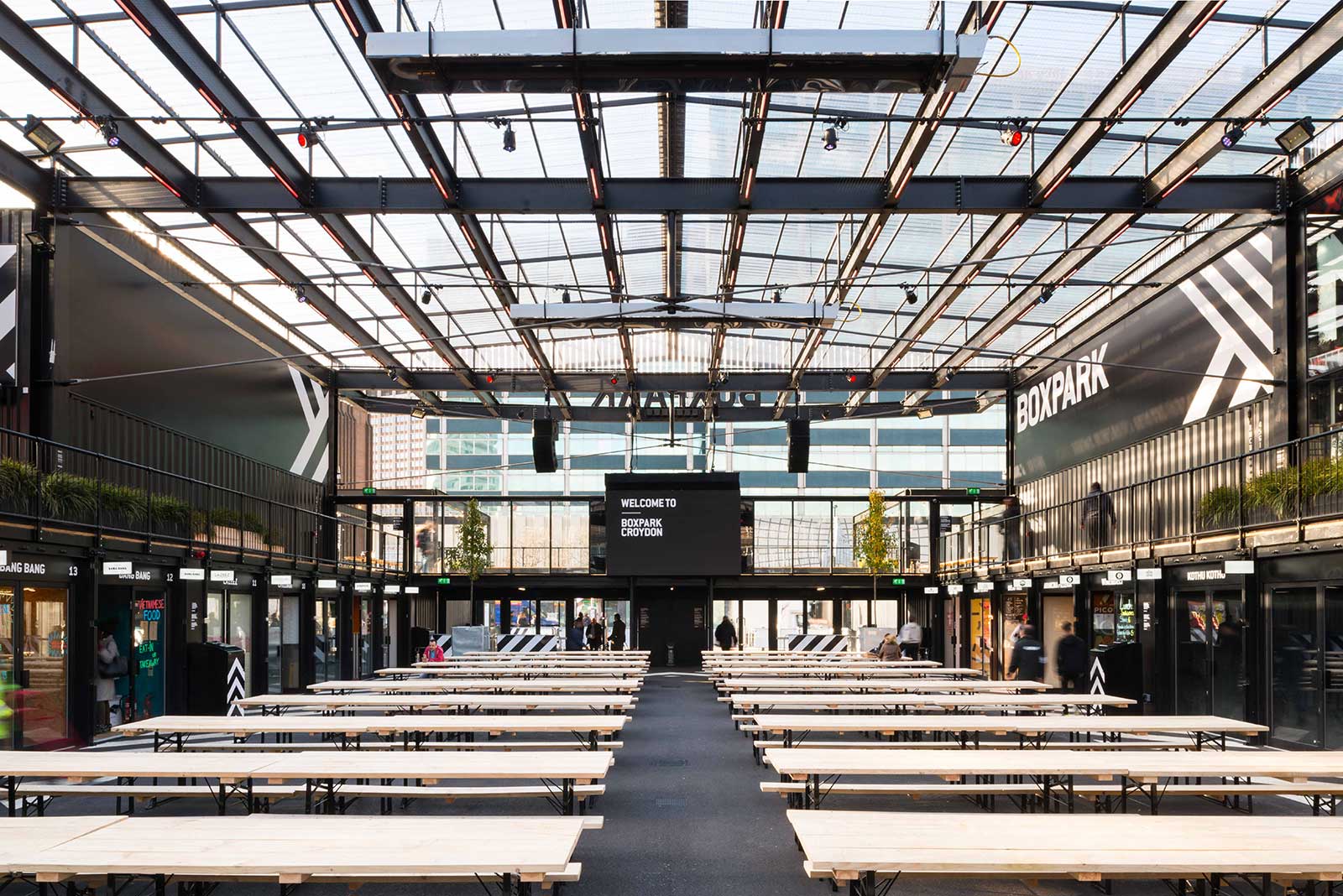
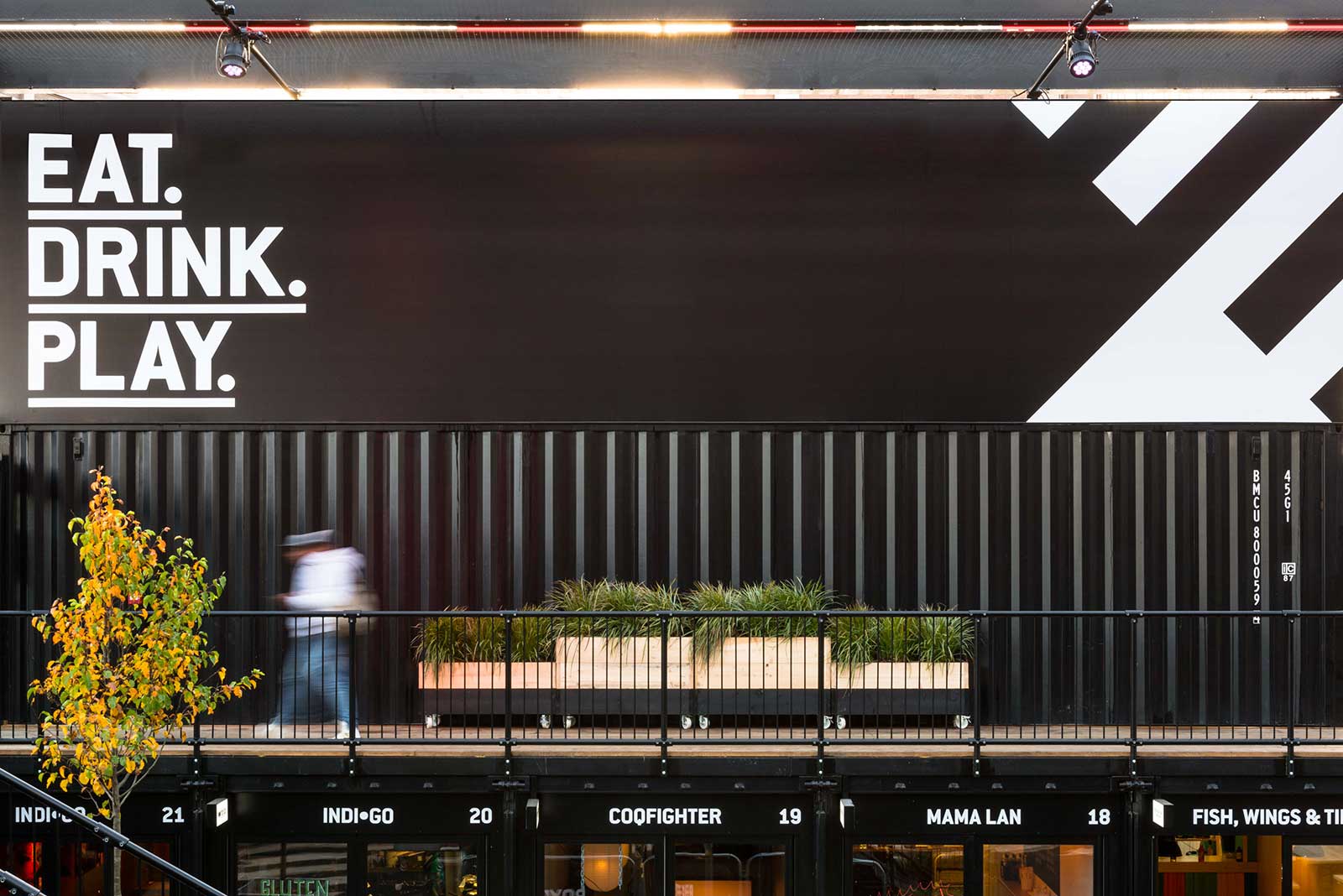
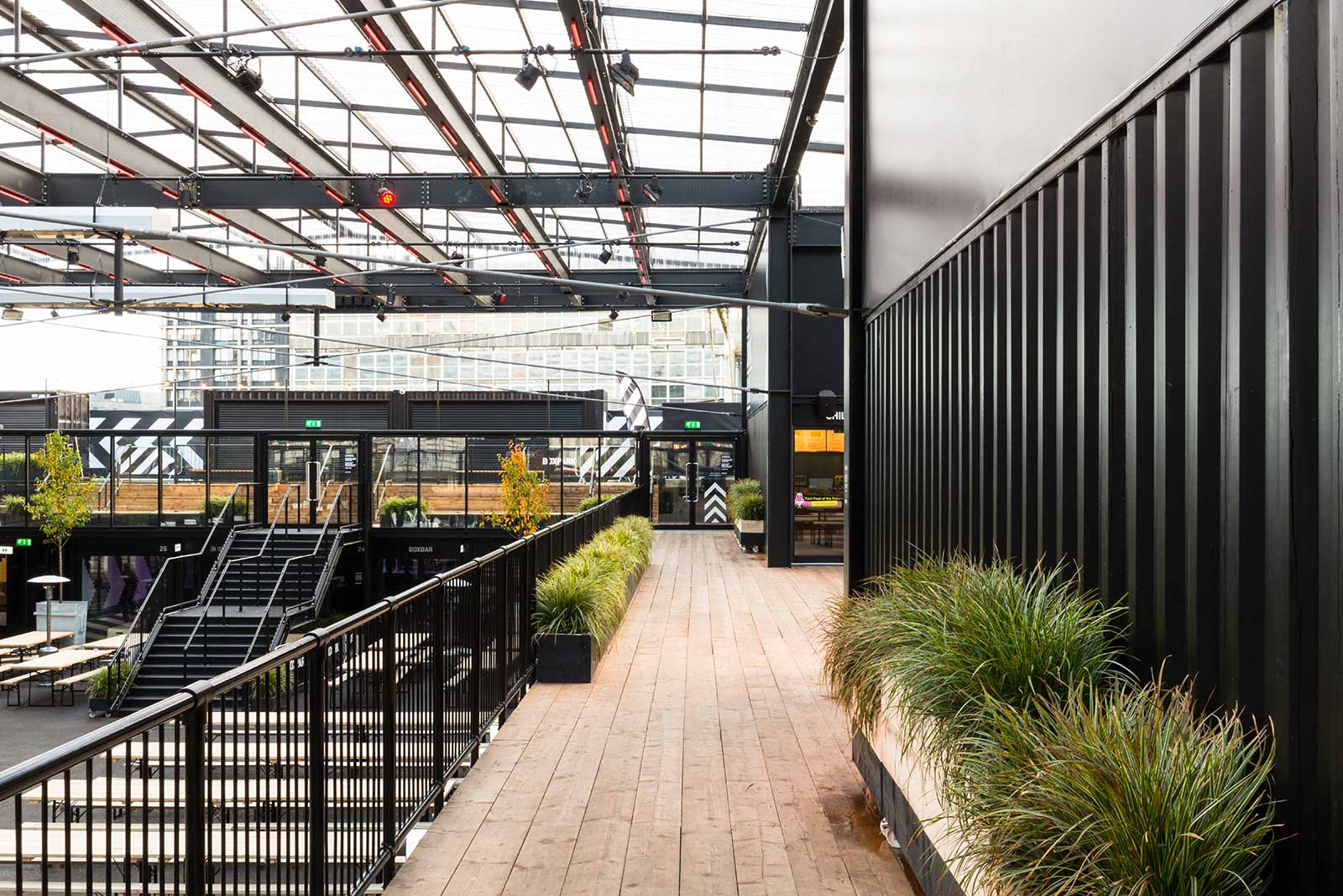
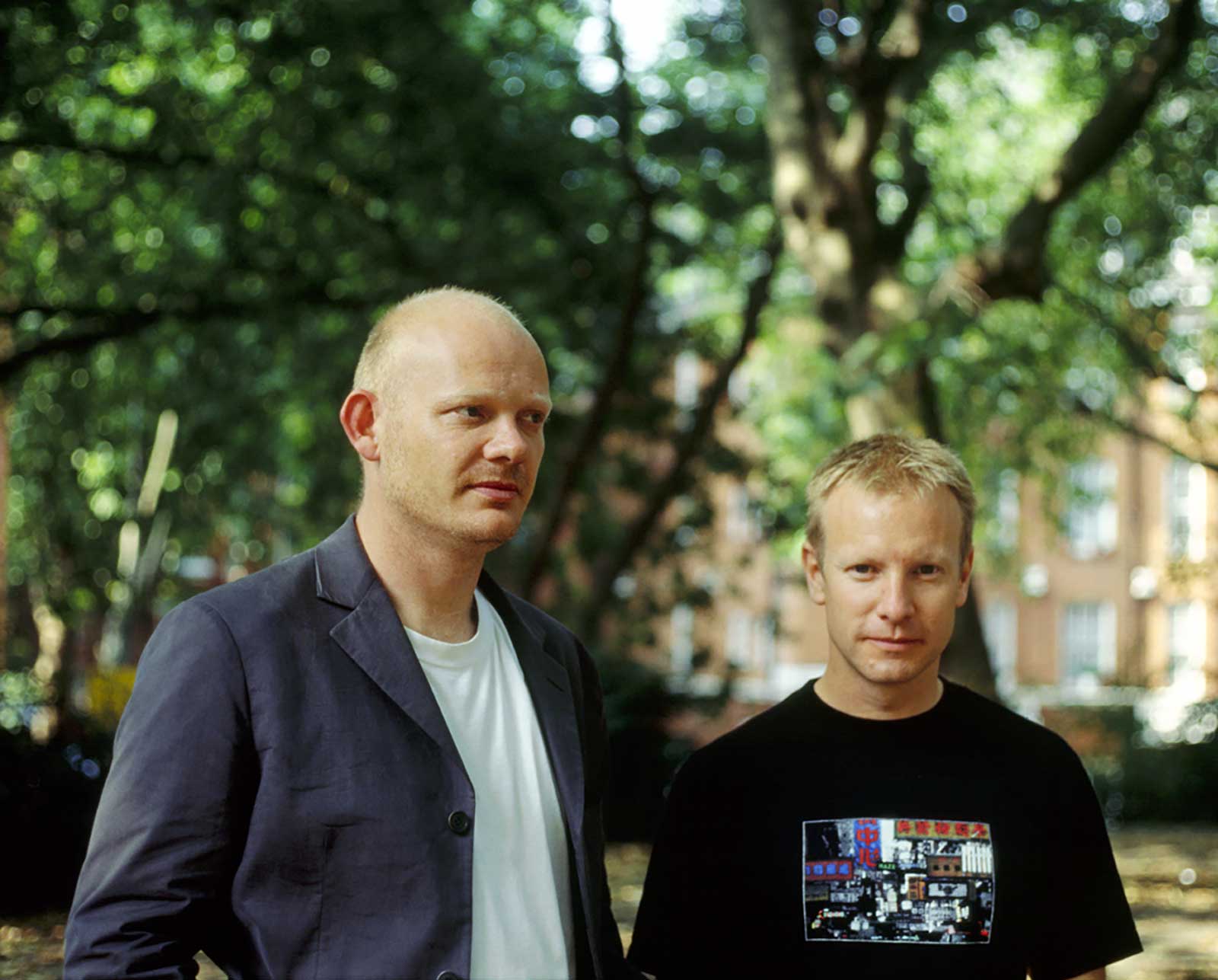
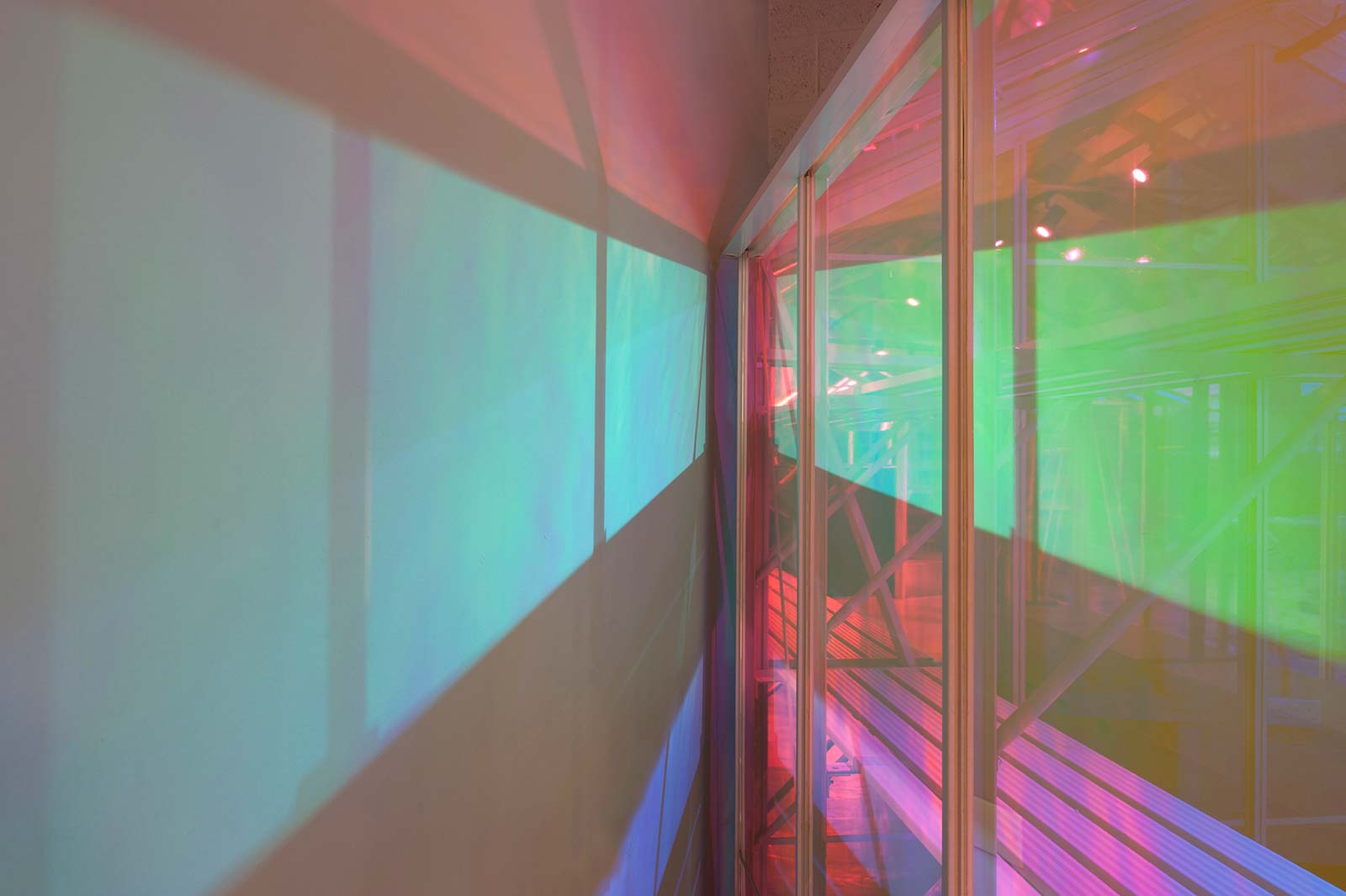
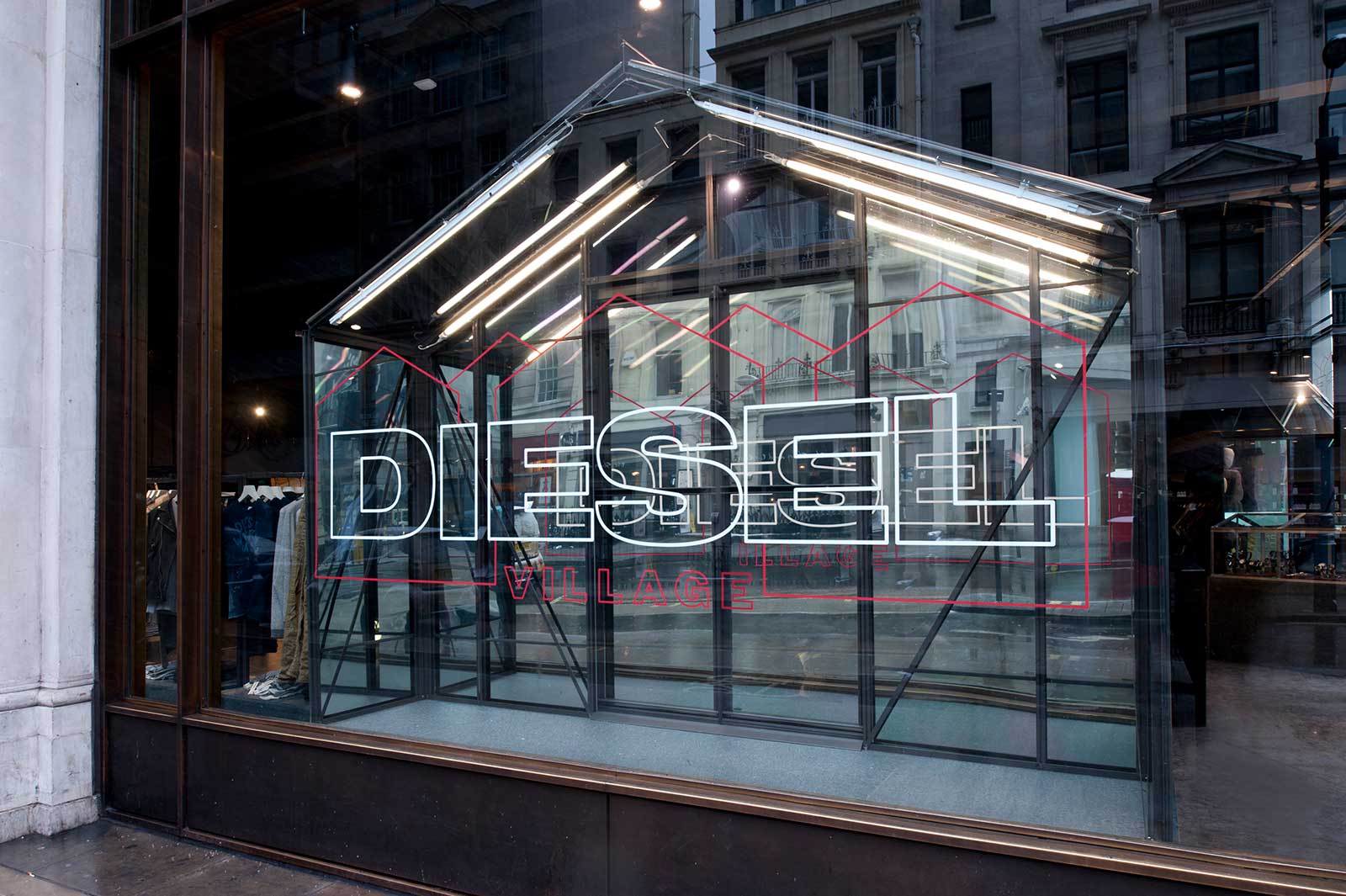
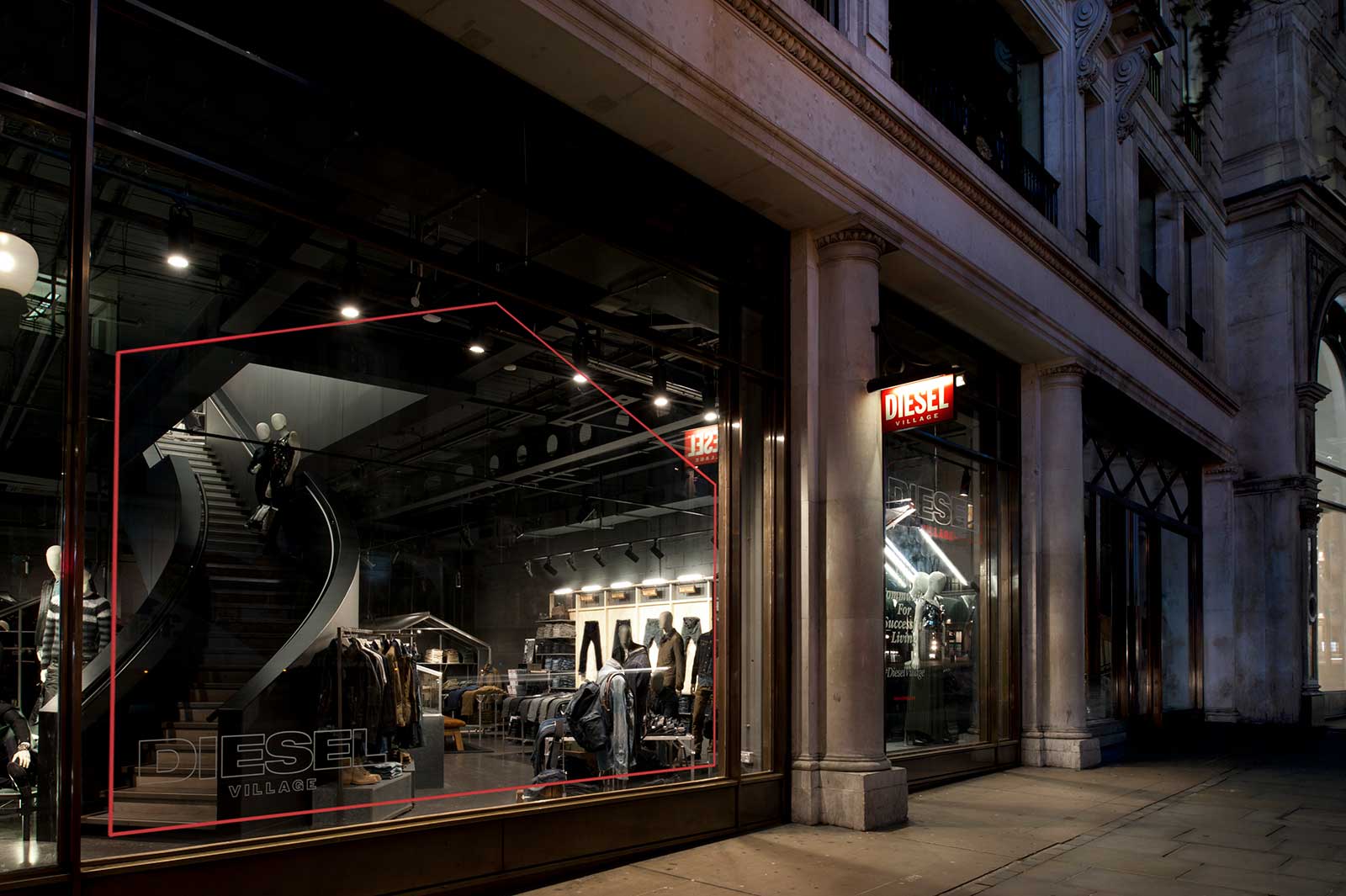
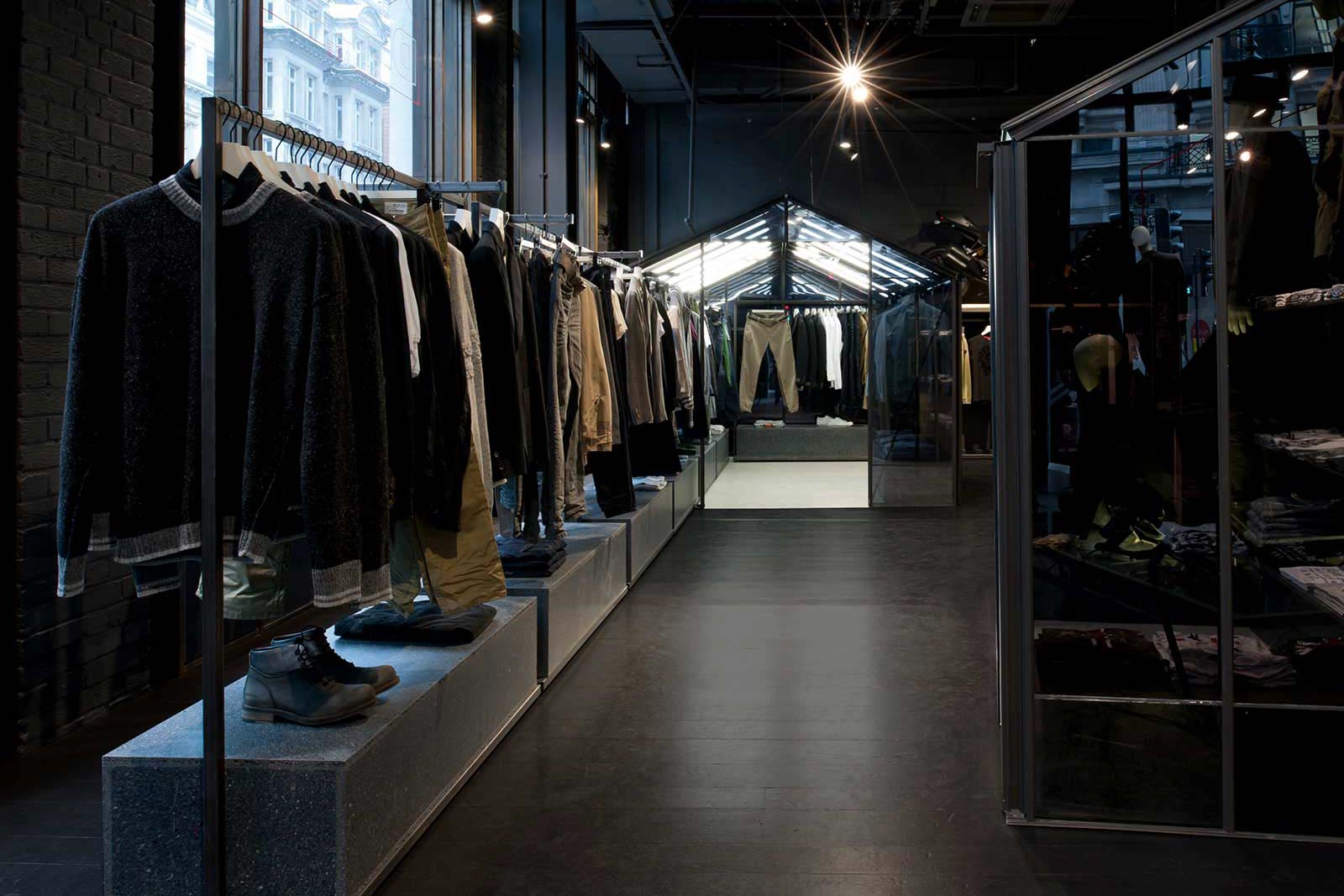
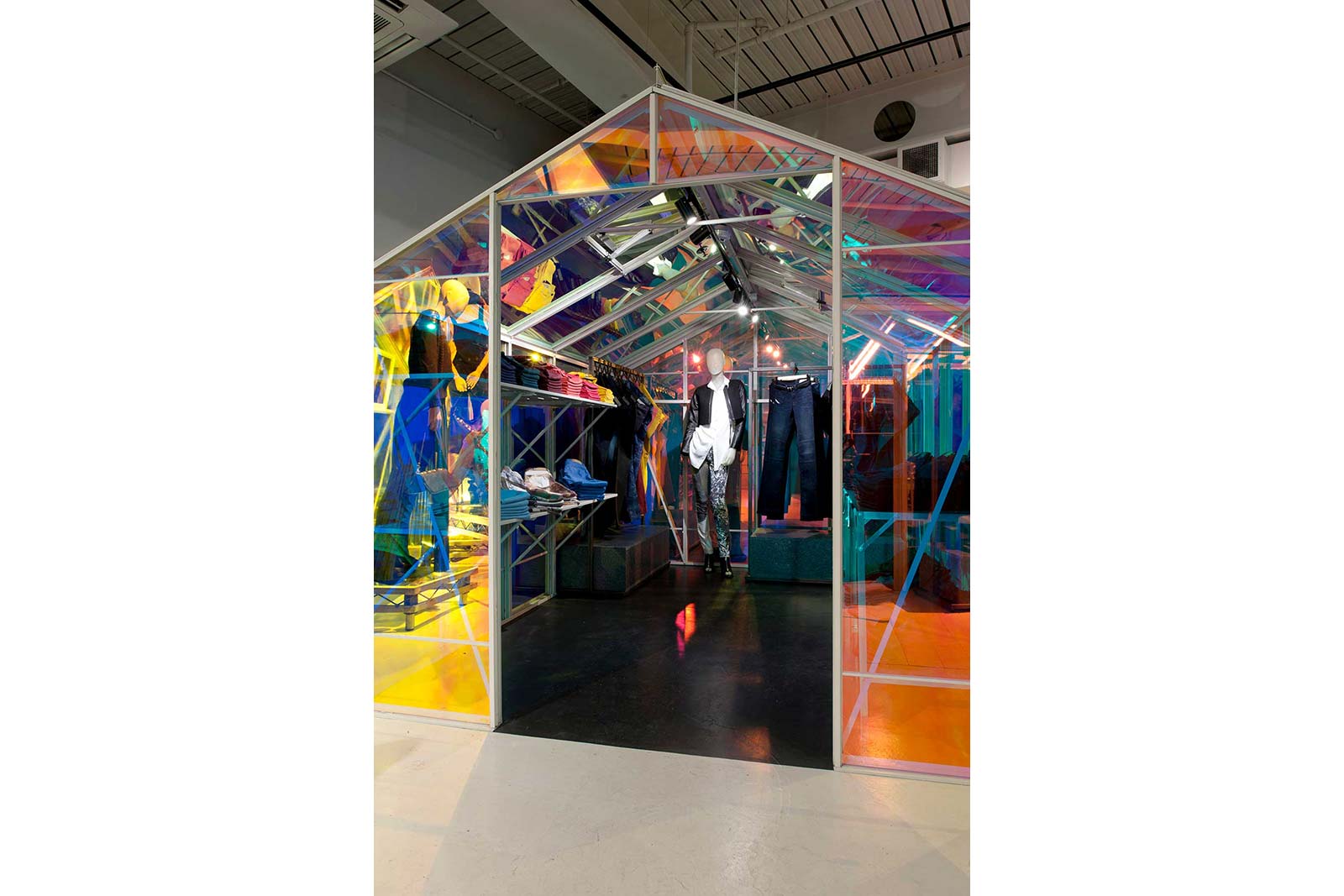
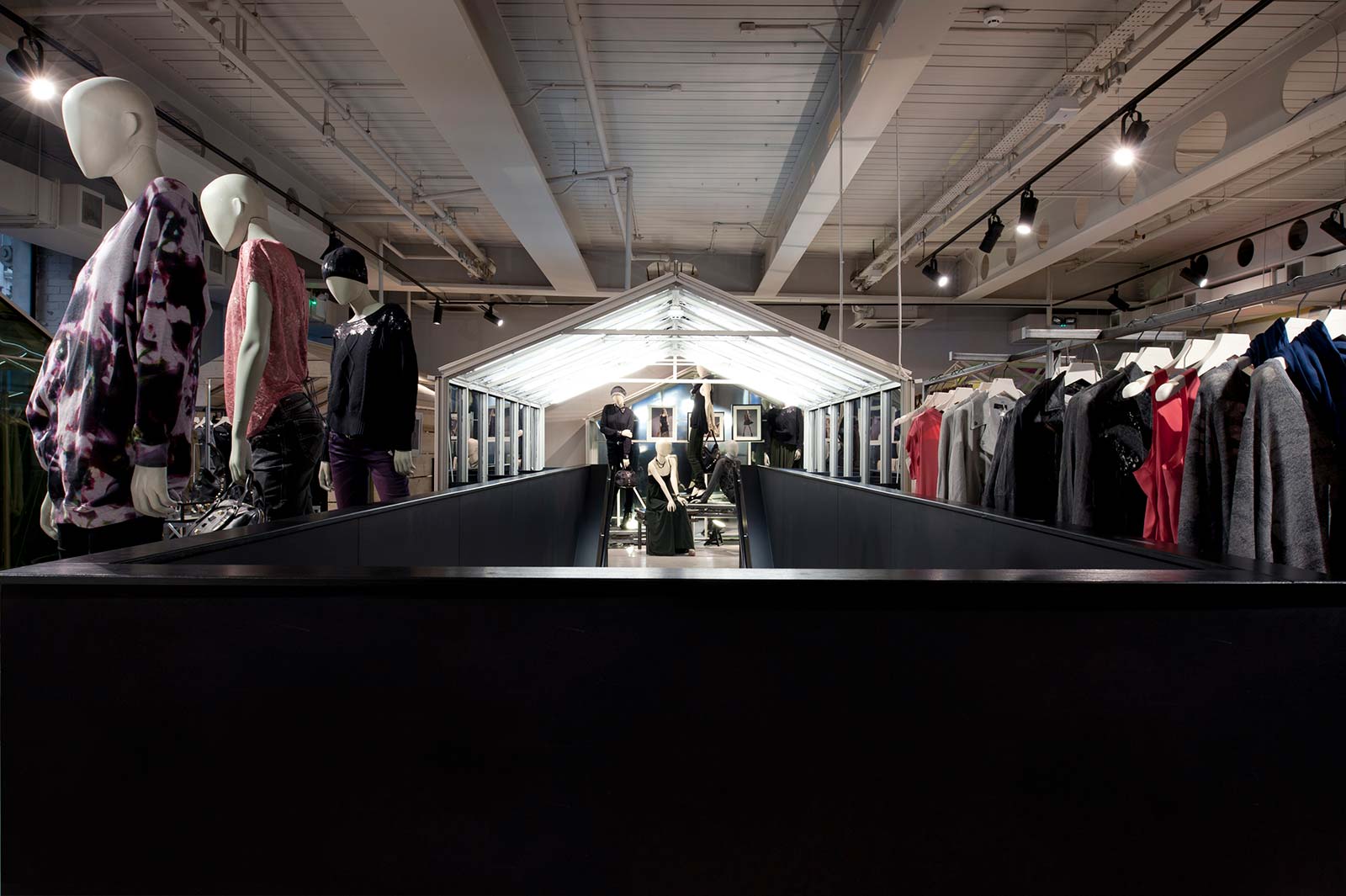
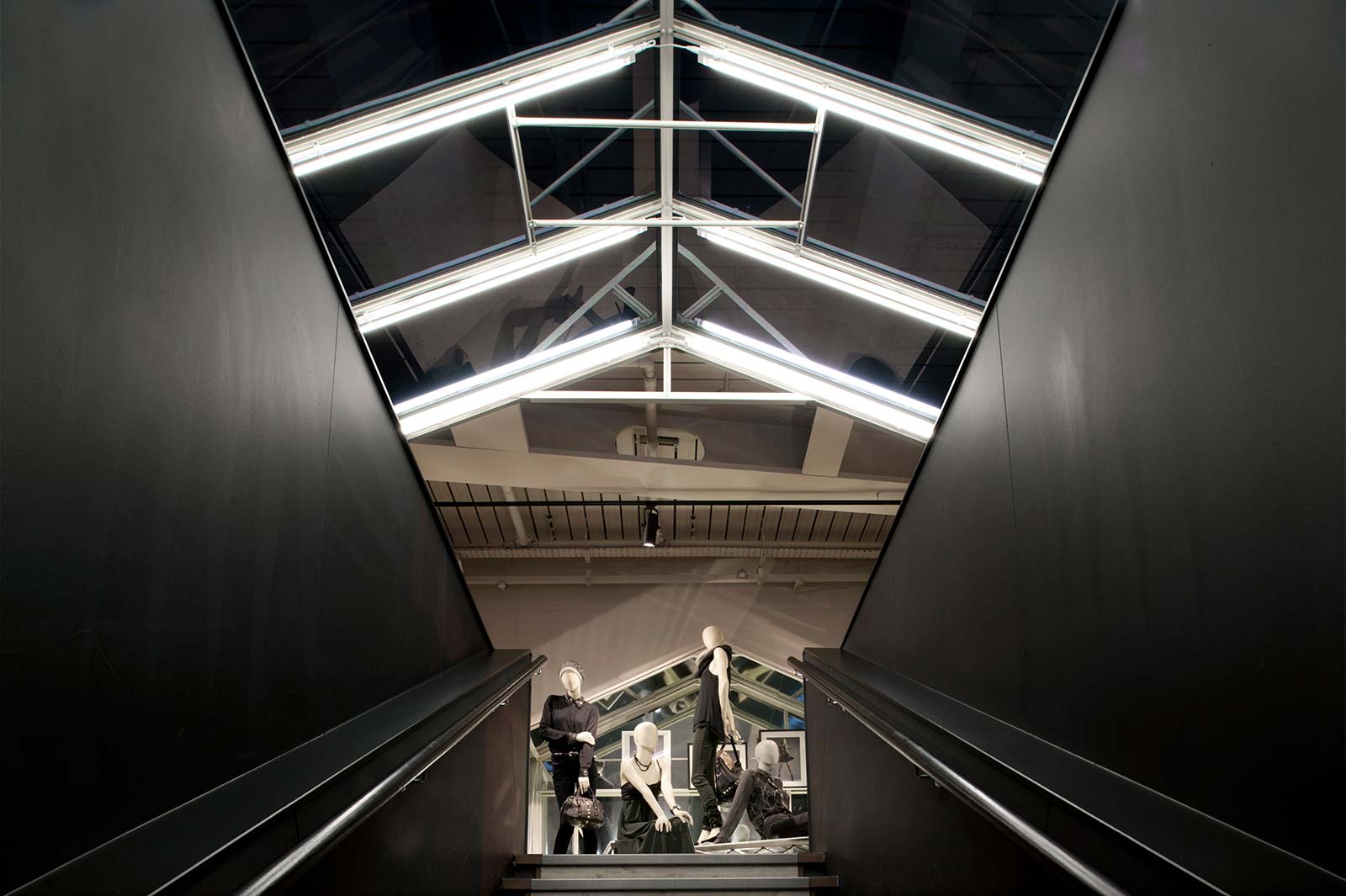
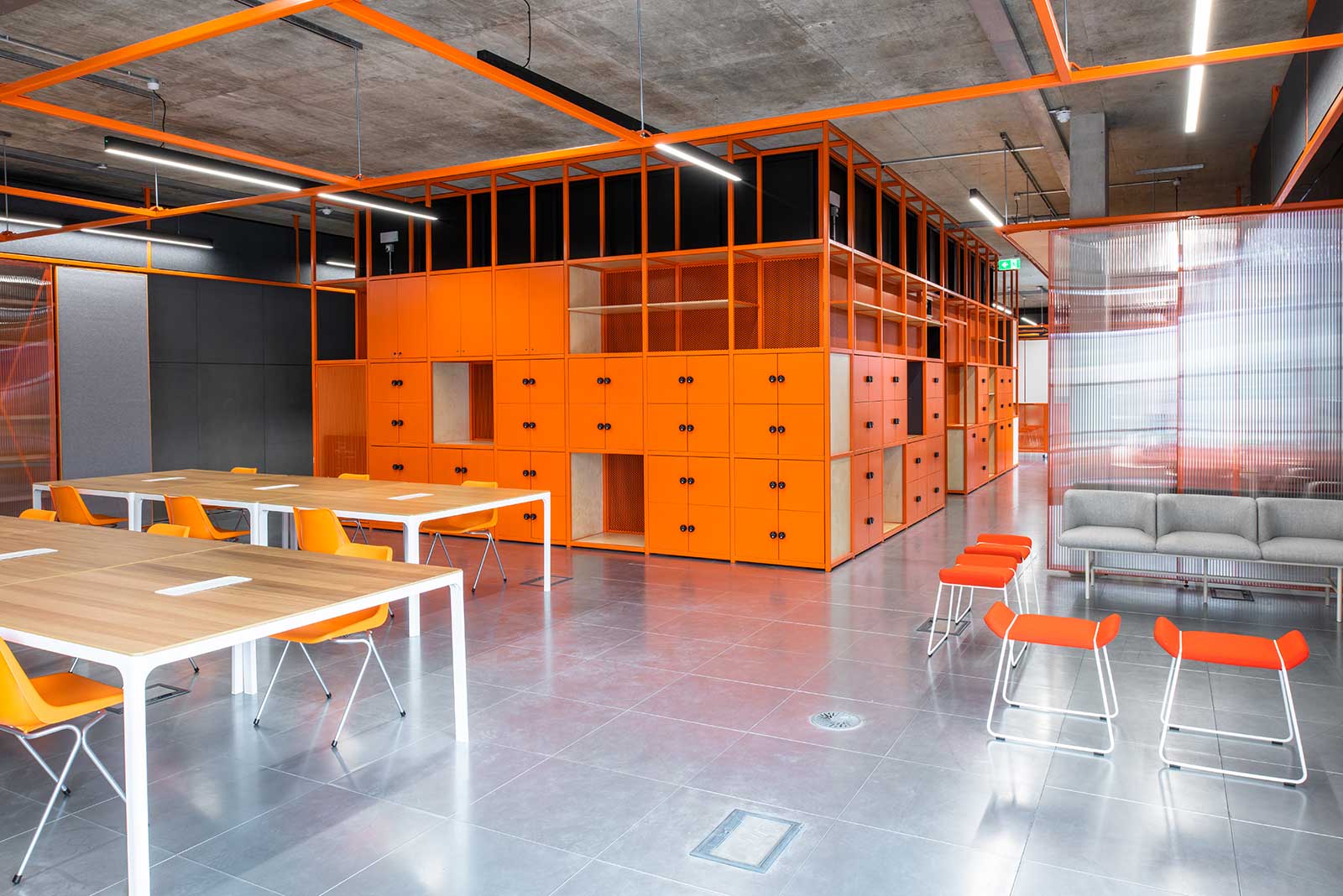
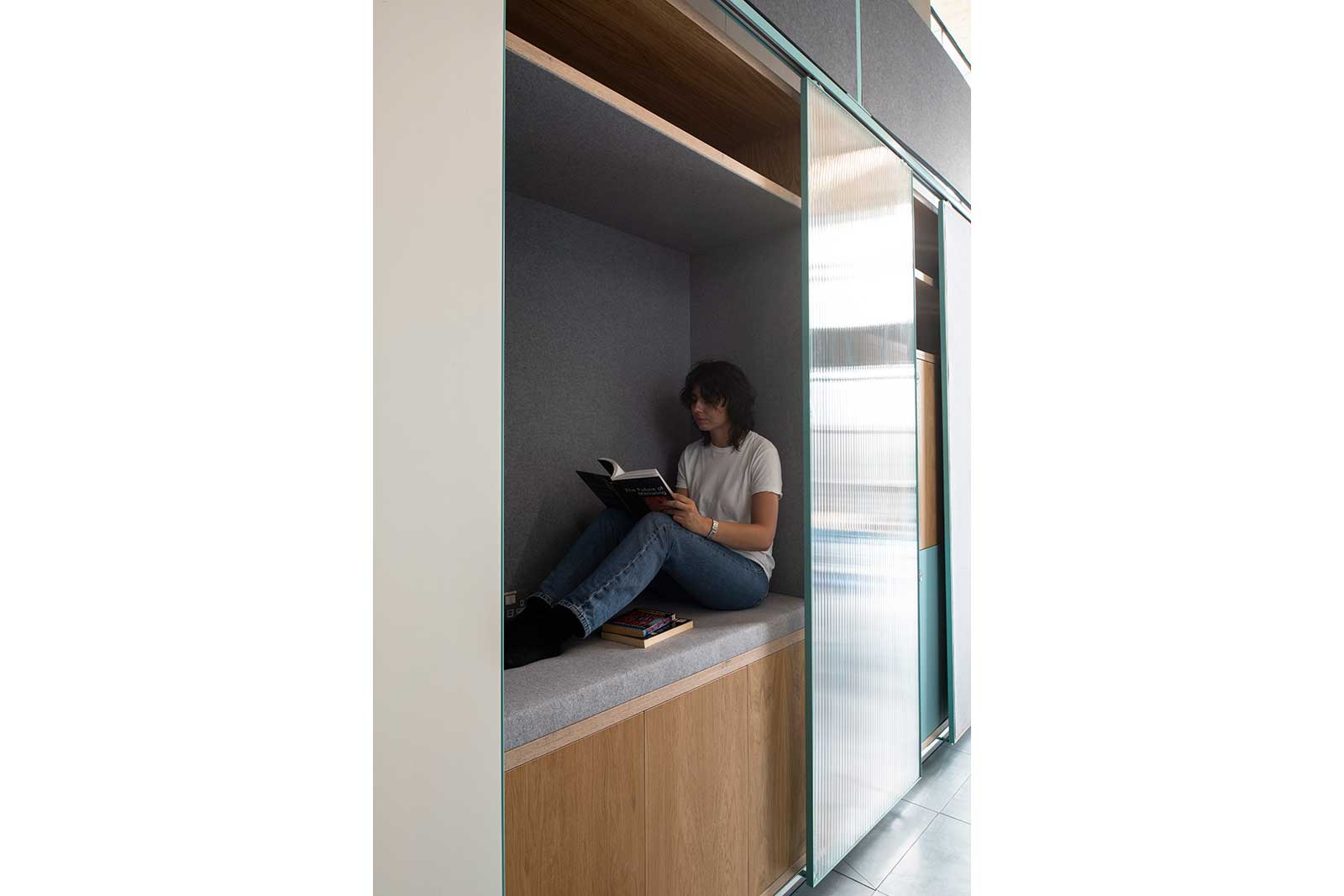
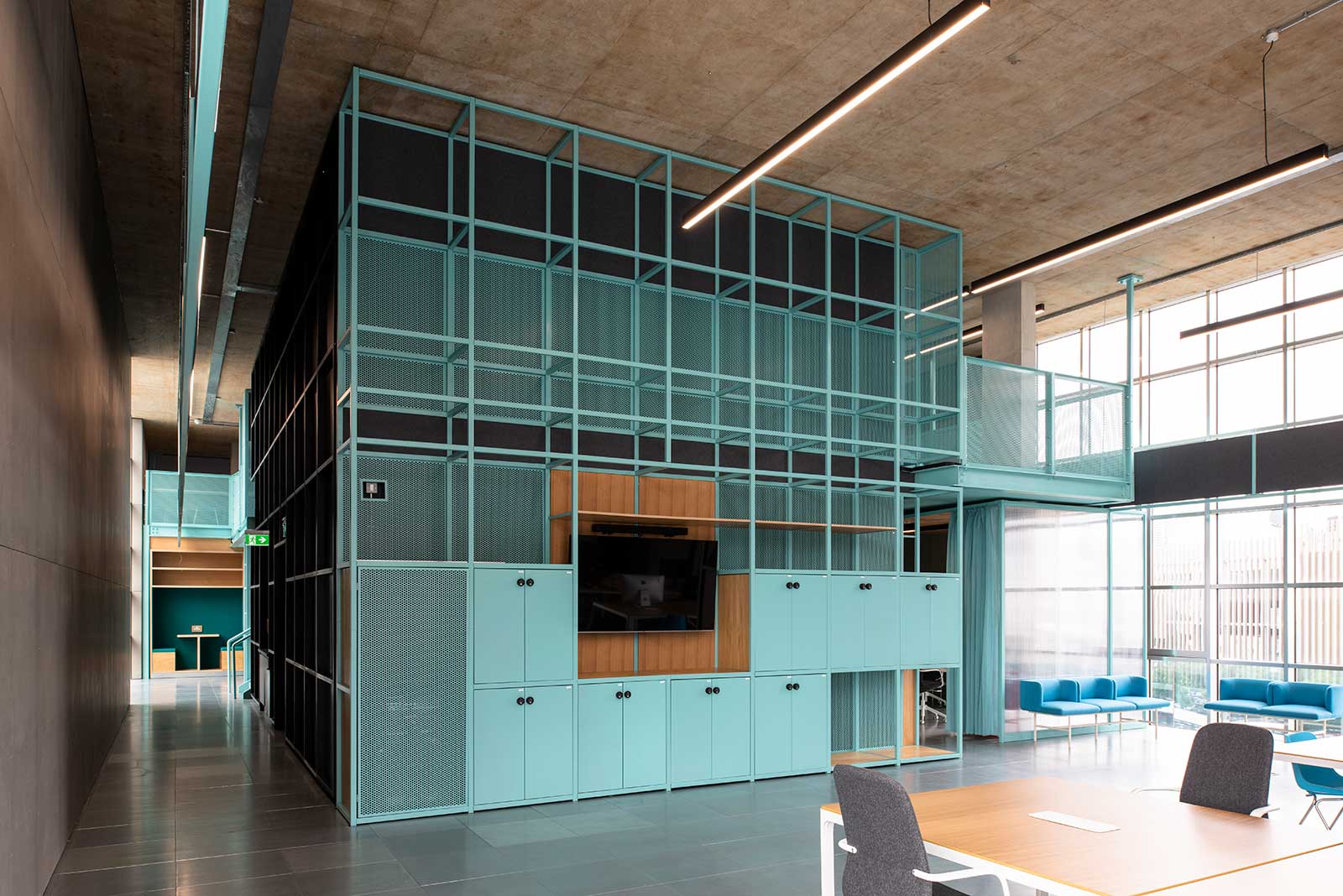
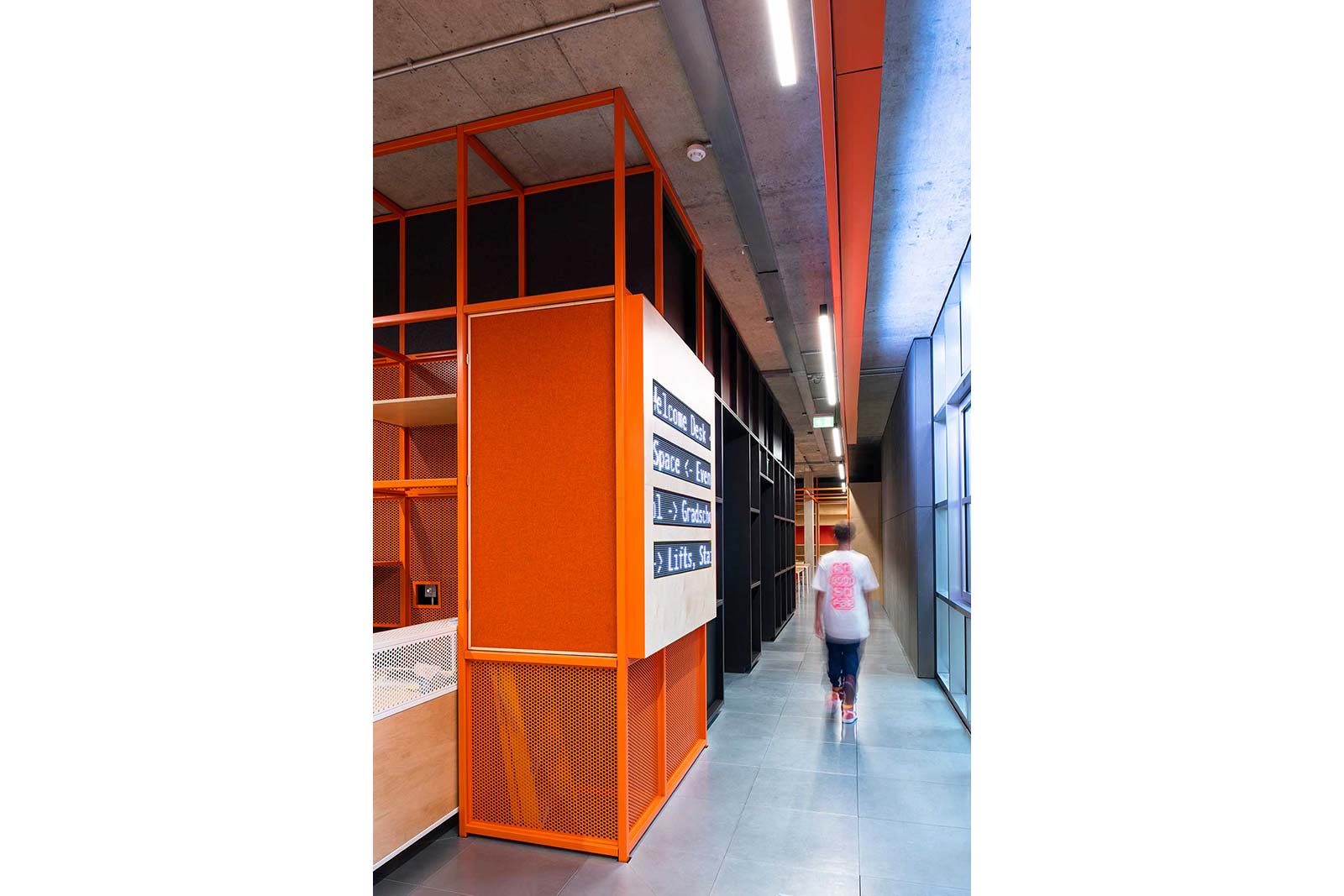
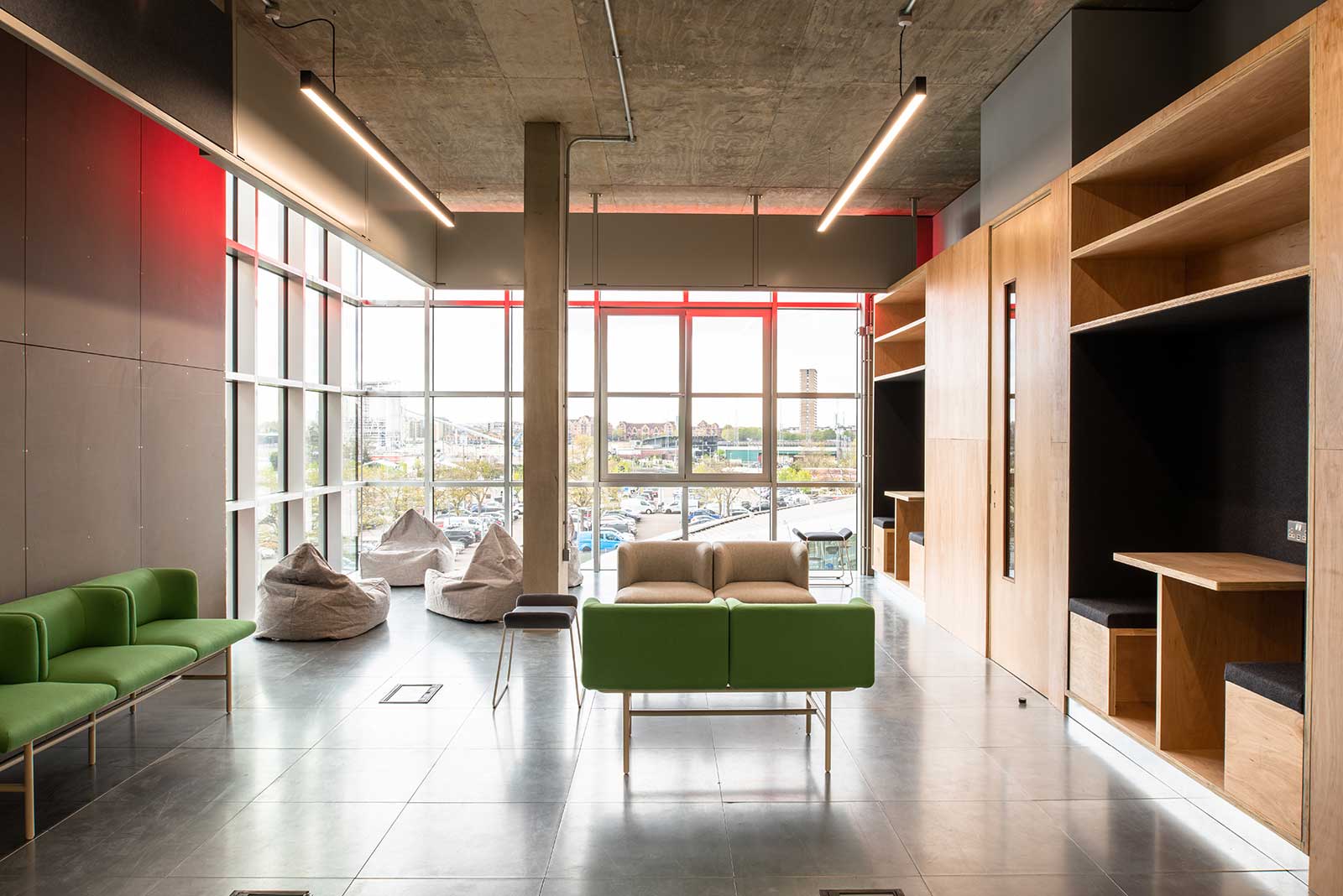
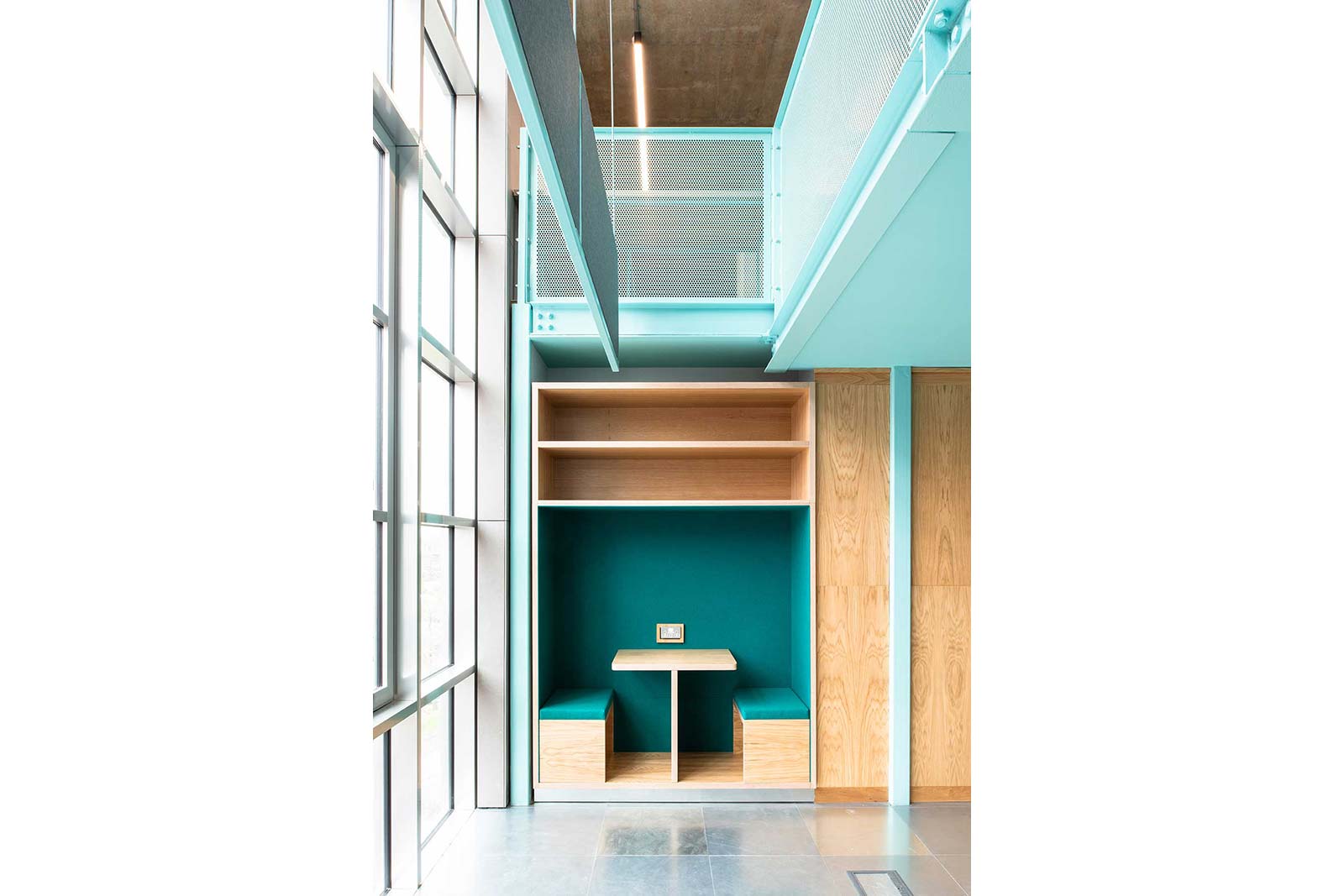
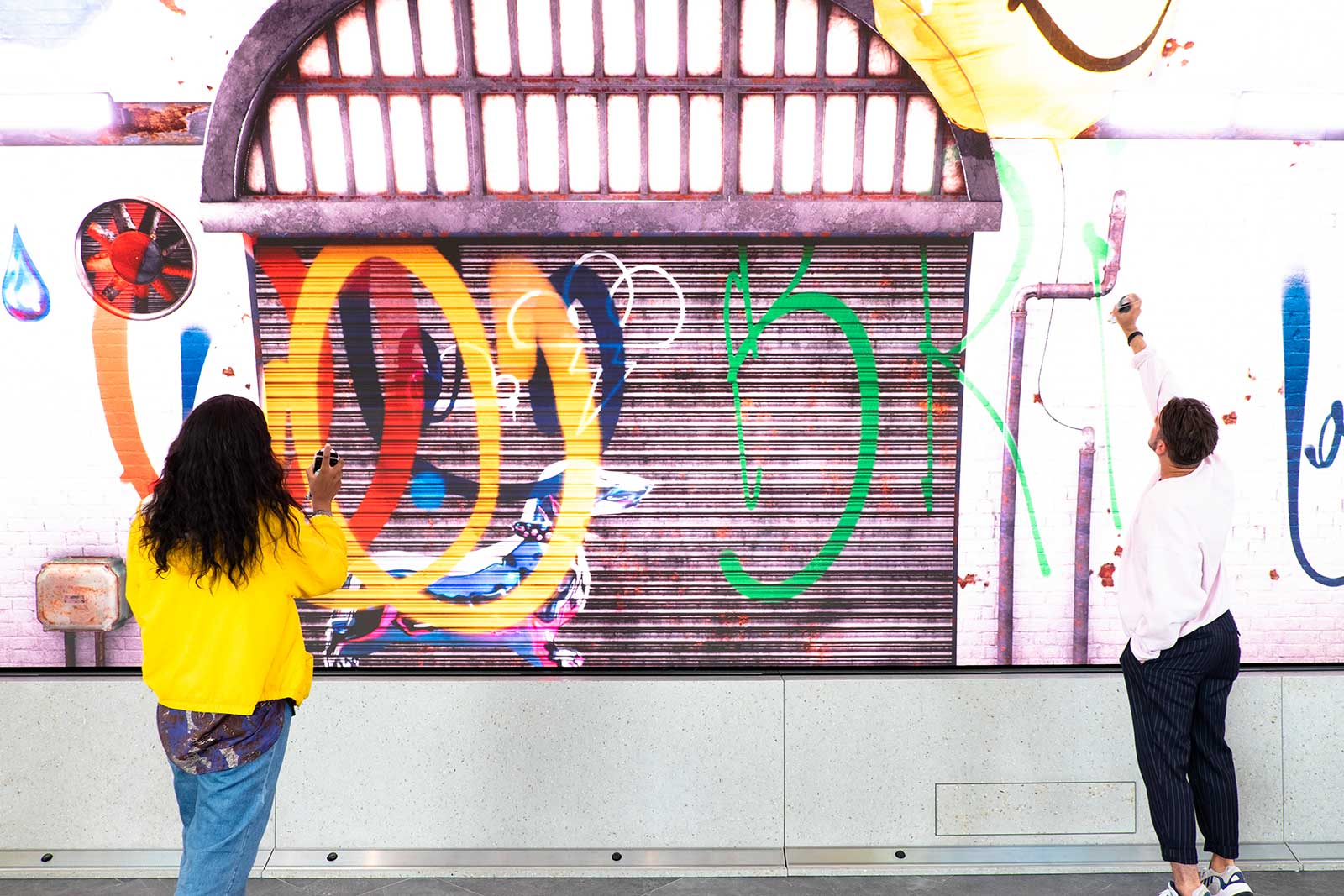
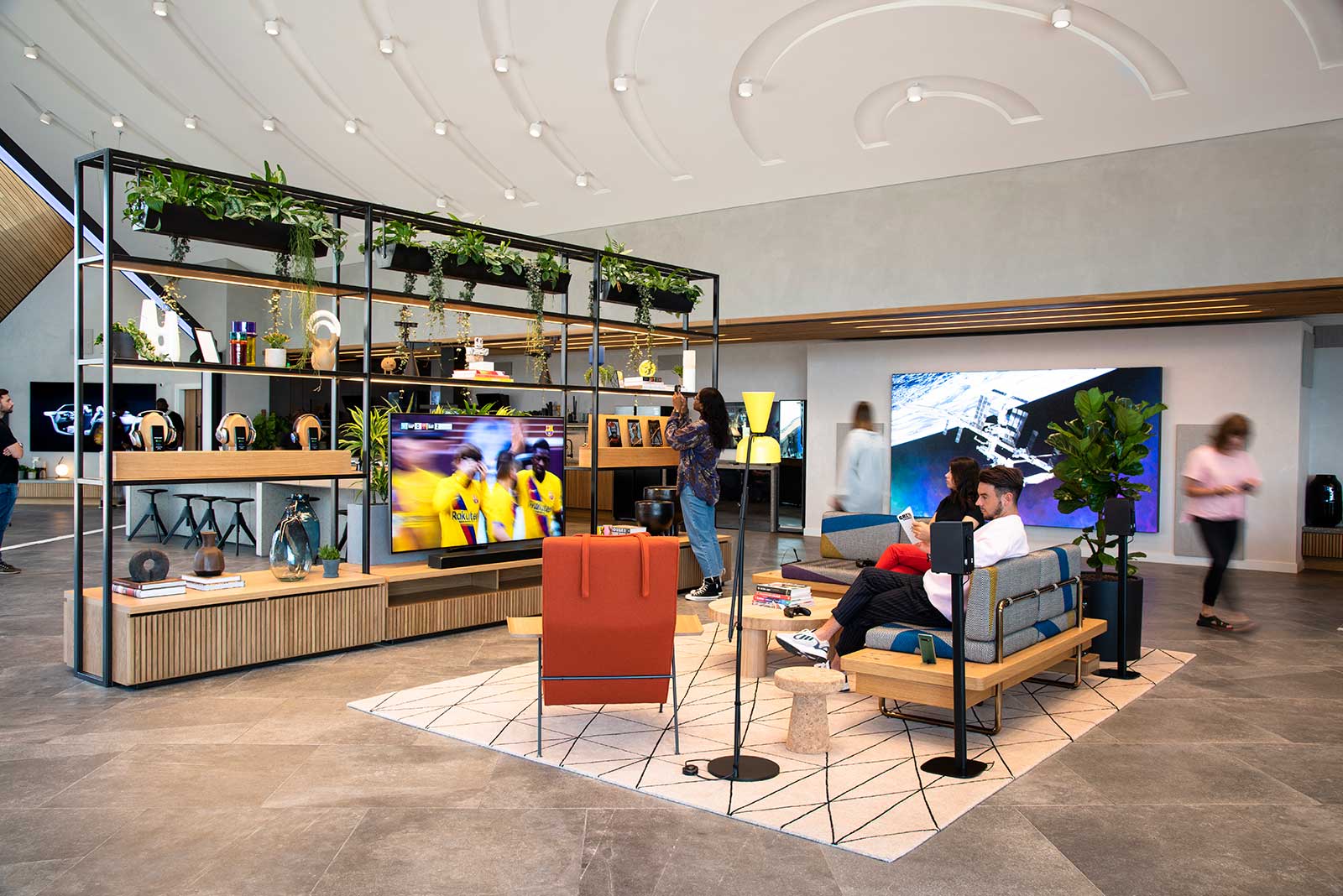
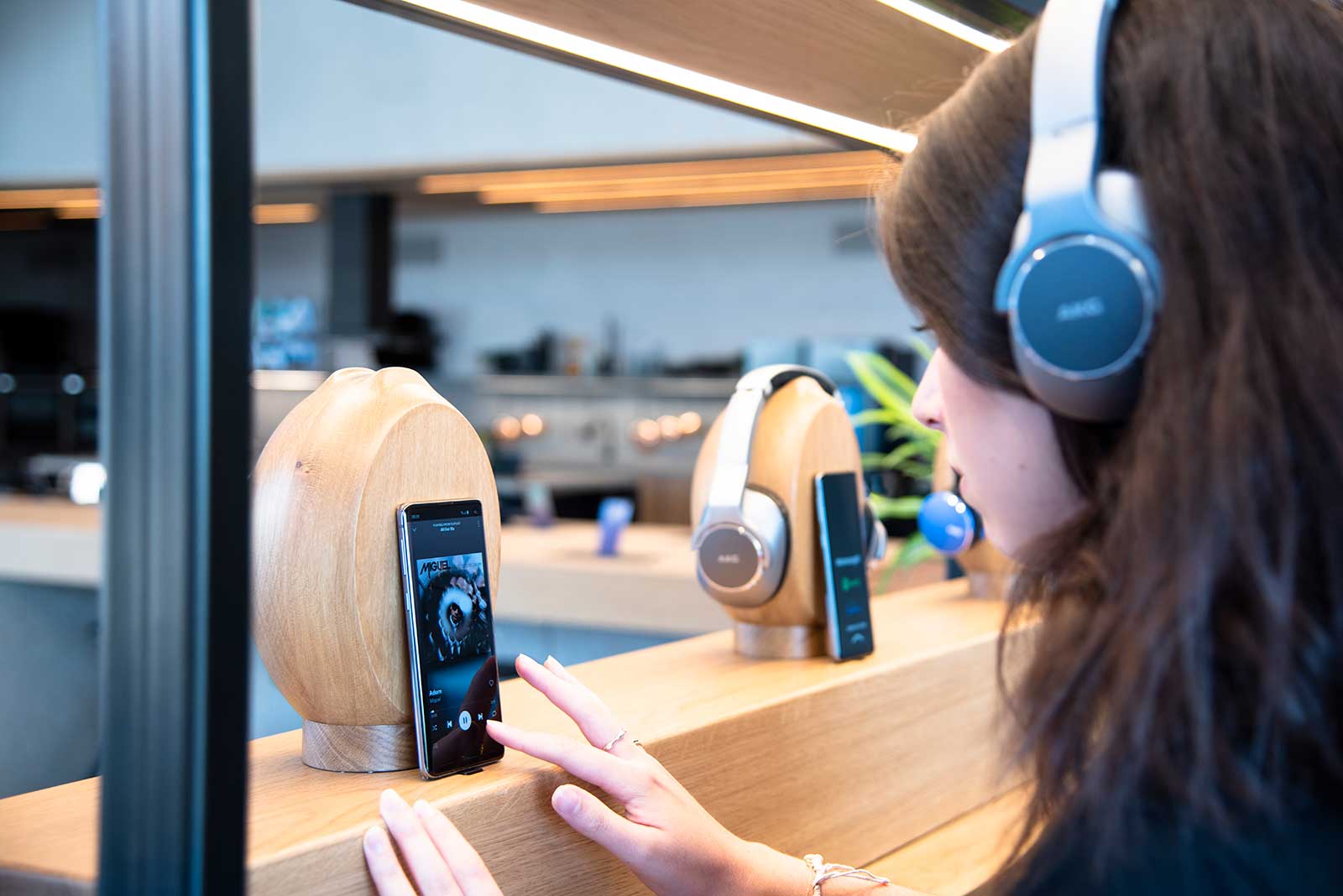
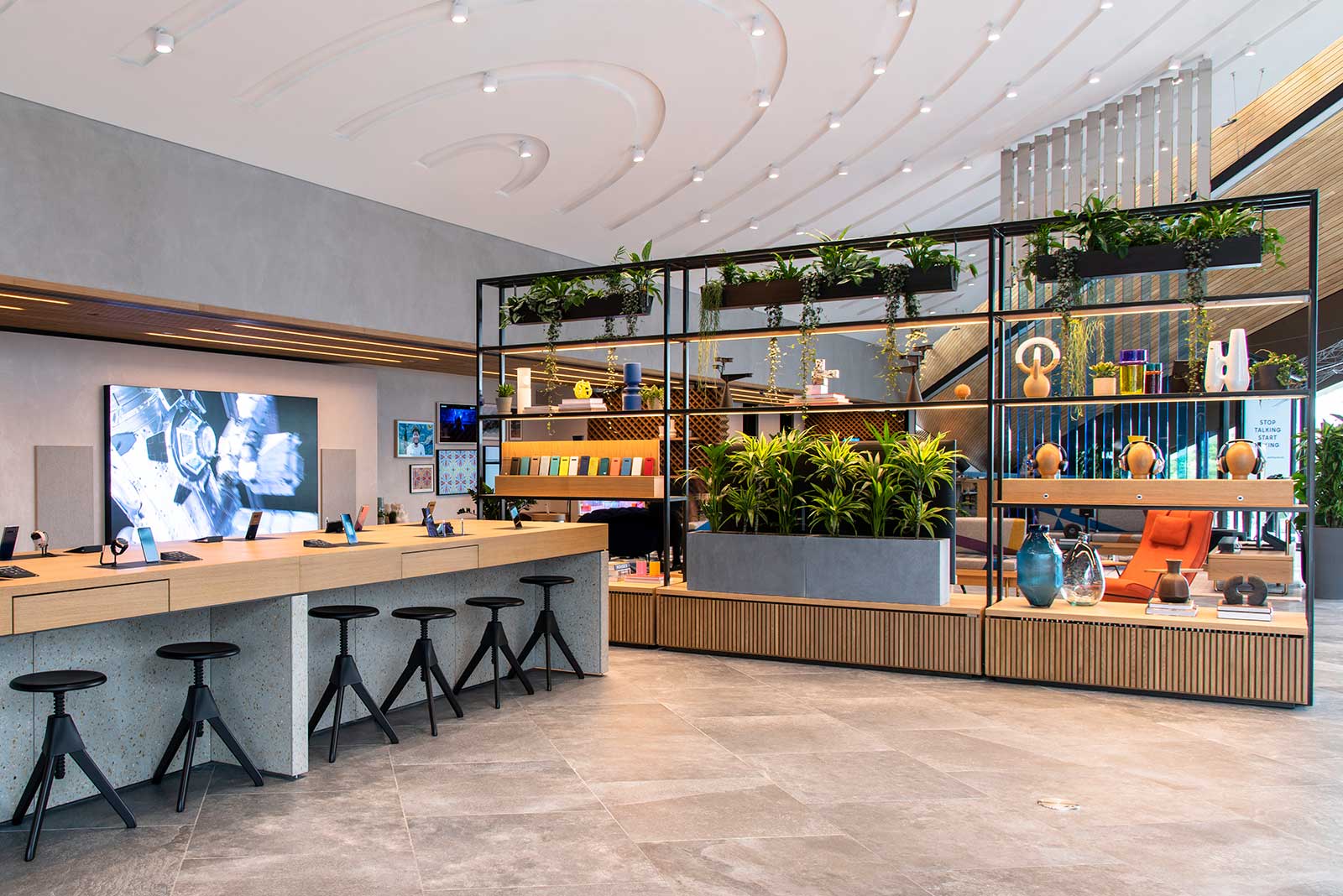
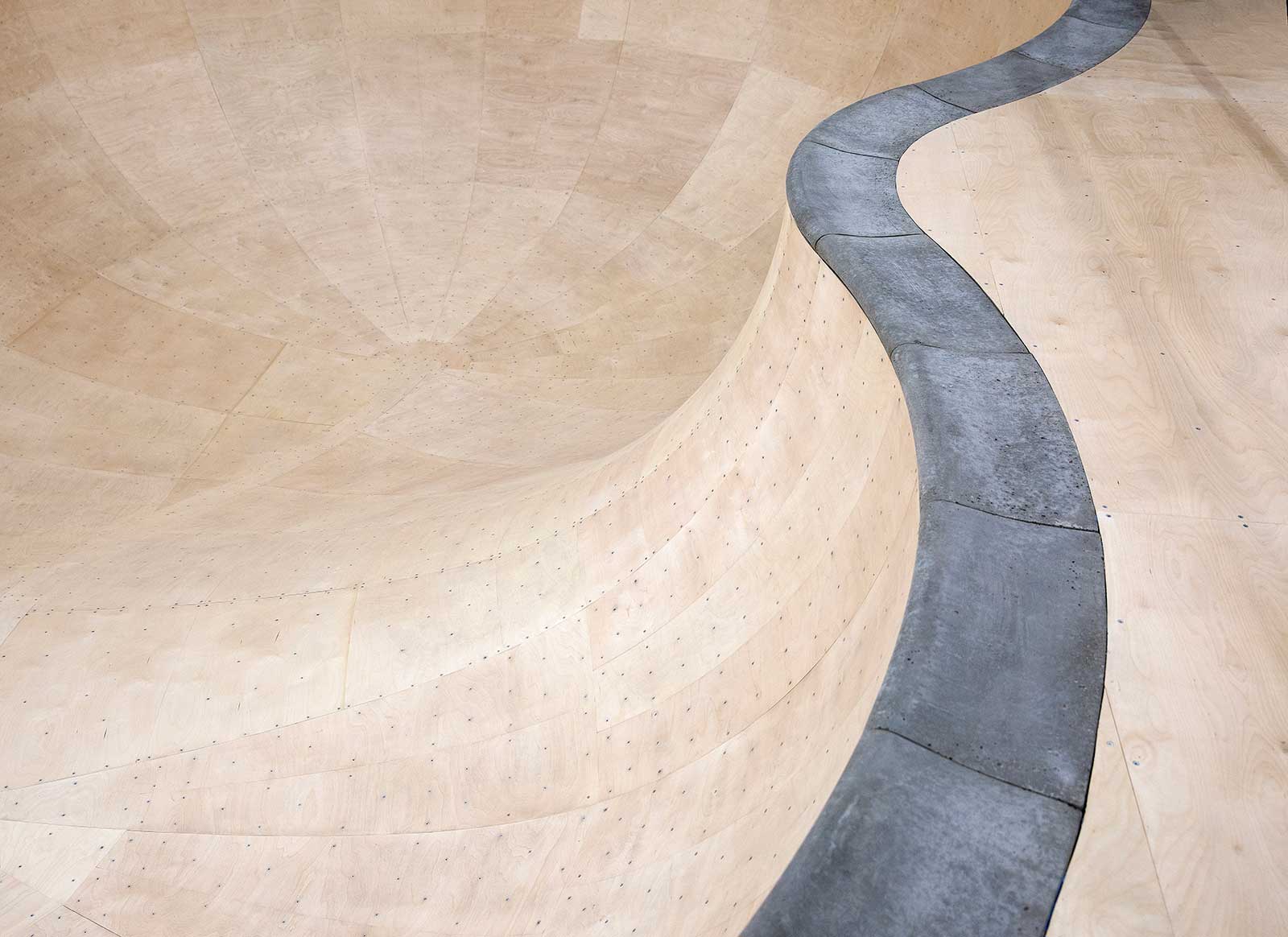
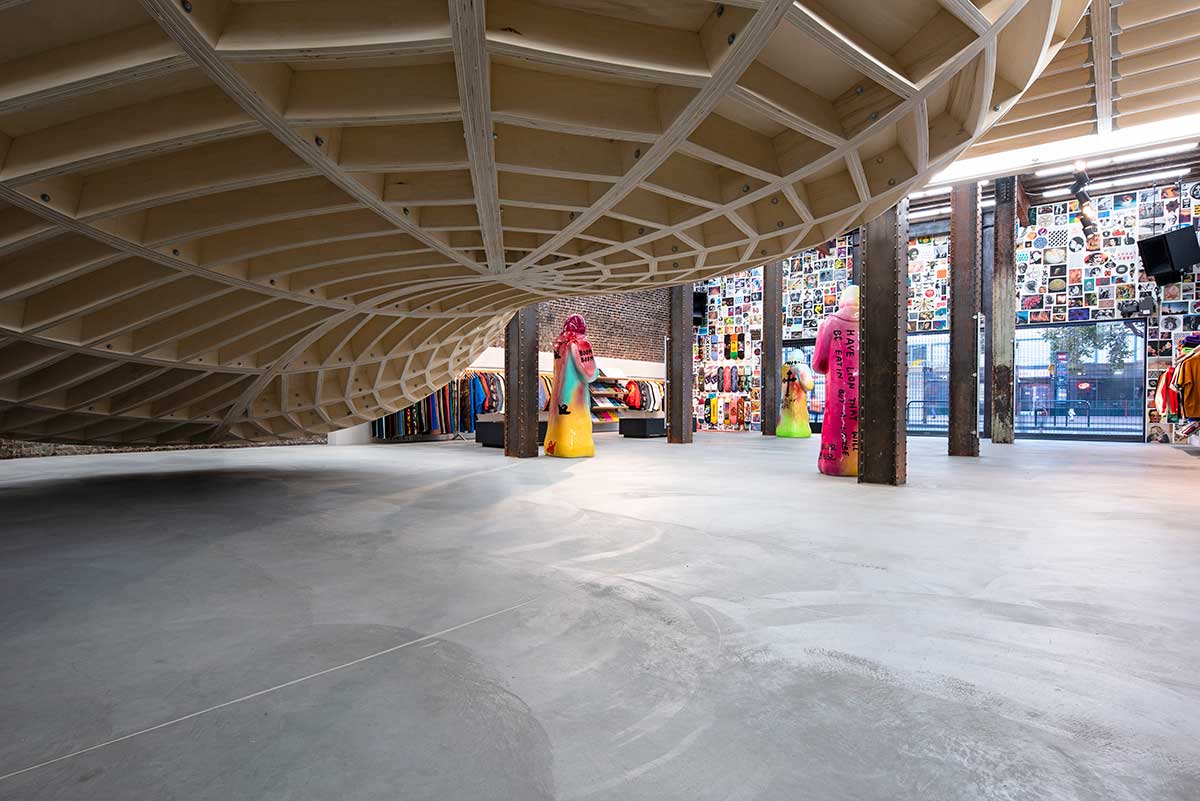
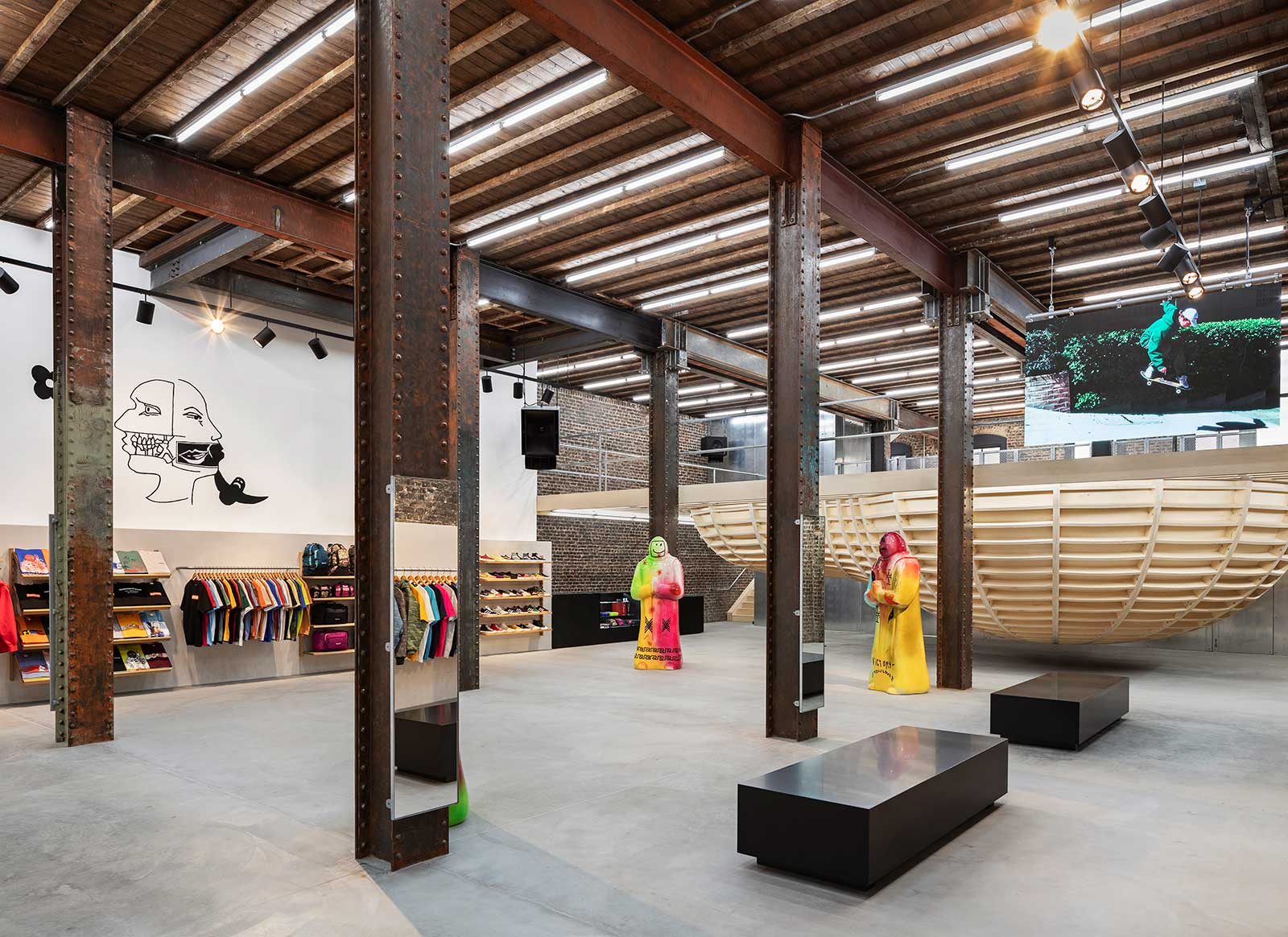 Supreme San Francisco - Brinkworth
Supreme San Francisco - Brinkworth
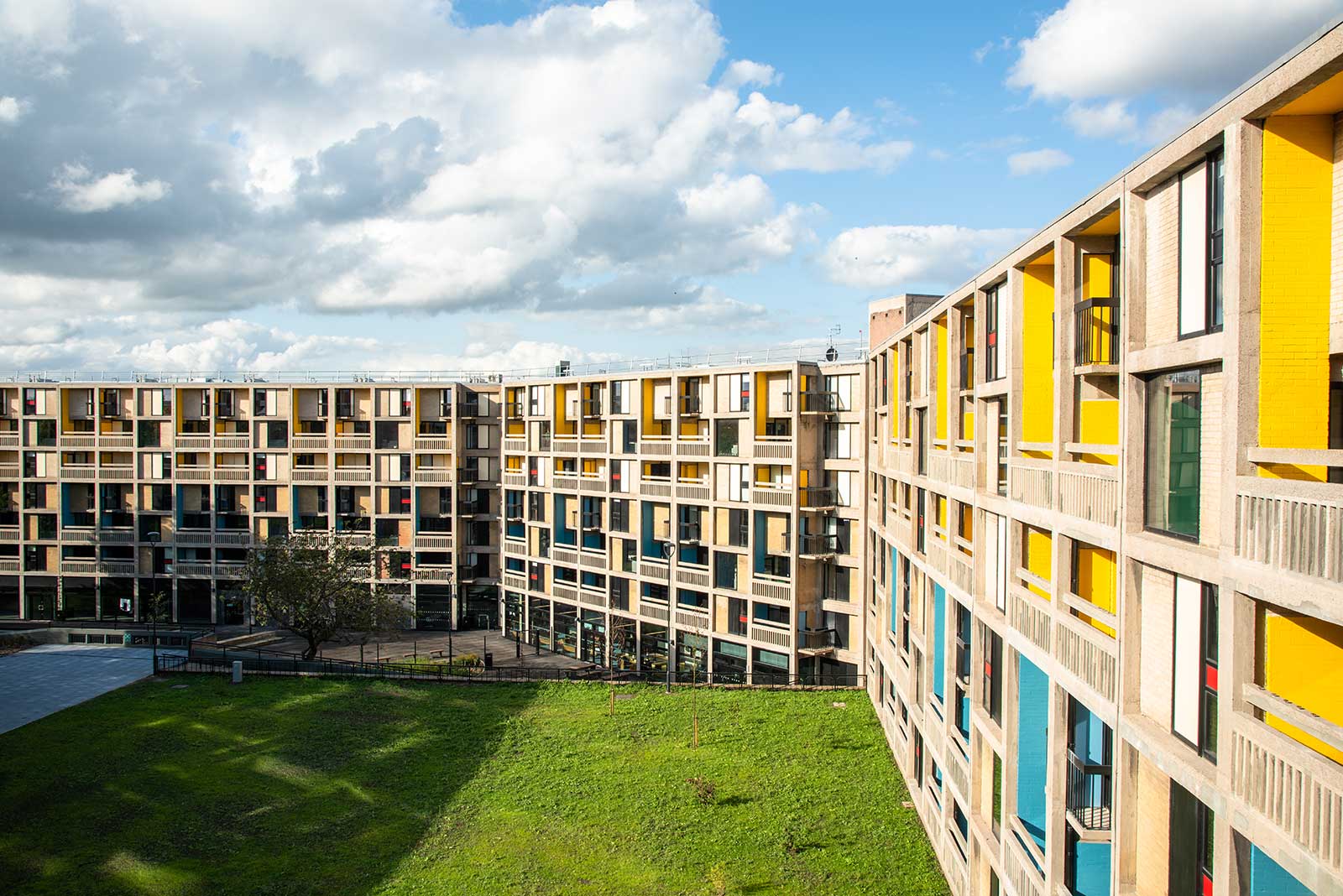 Park Hill, Sheffield - Brinkworth
Park Hill, Sheffield - Brinkworth
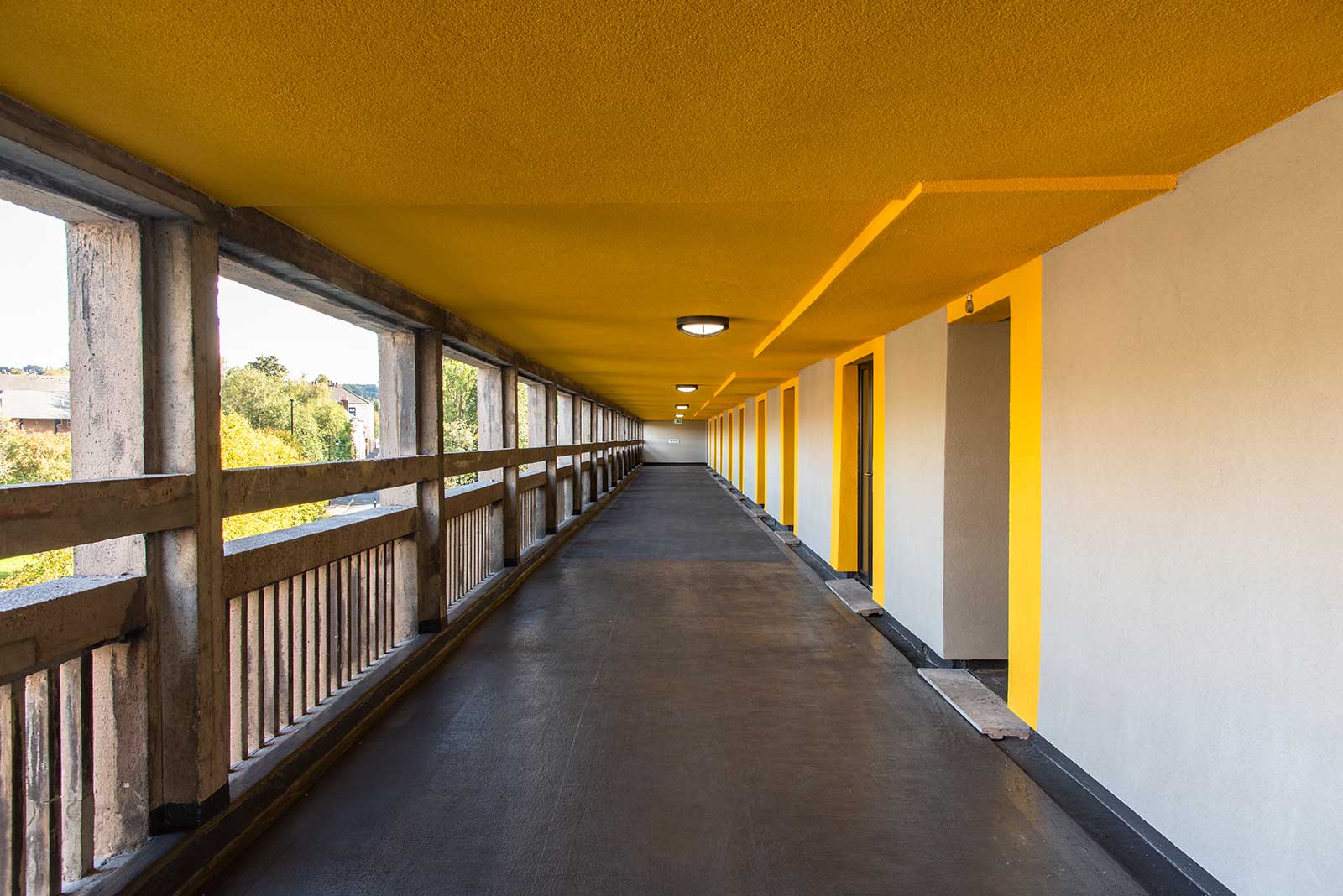 Park Hill, Sheffield - Brinkworth
Park Hill, Sheffield - Brinkworth
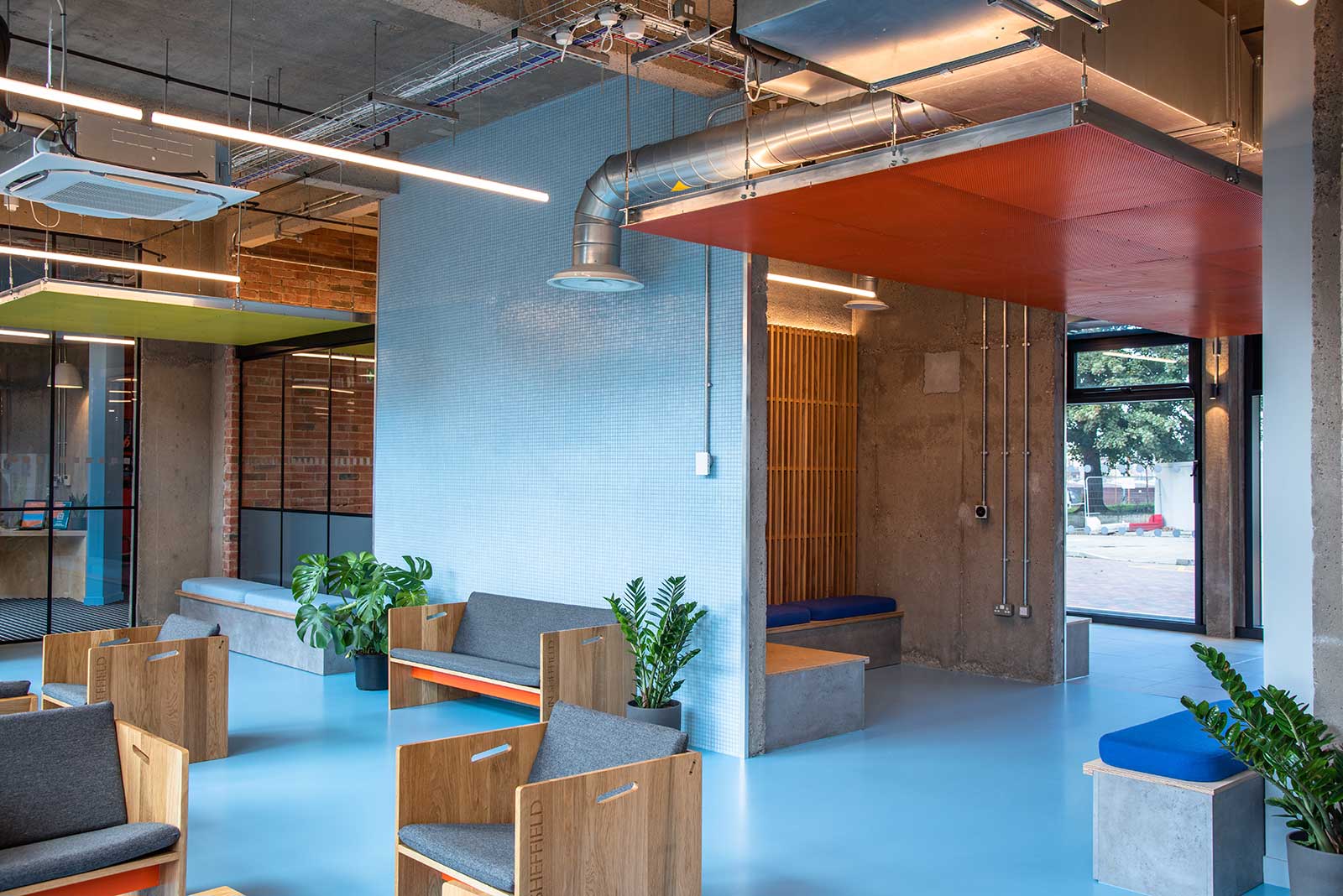
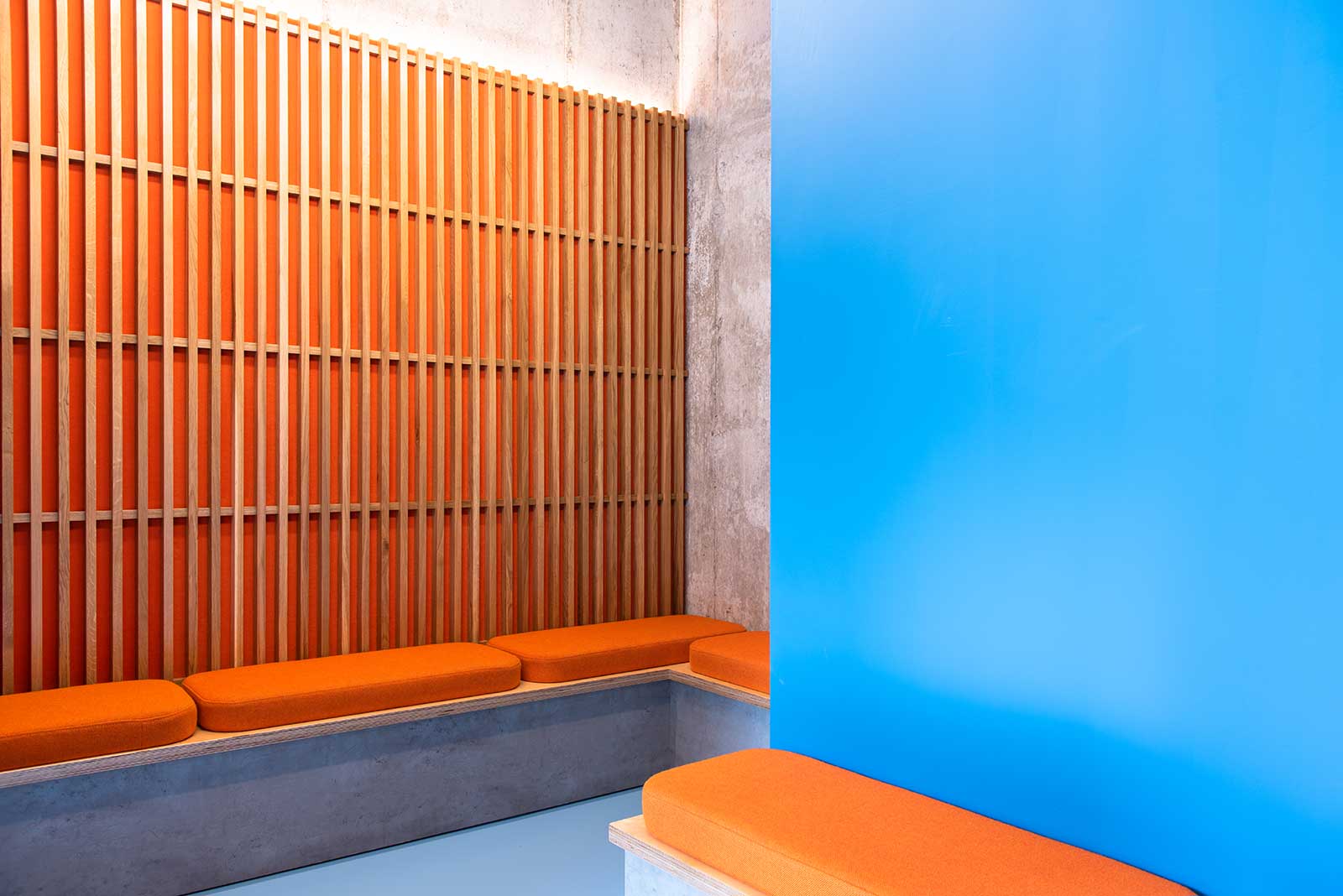
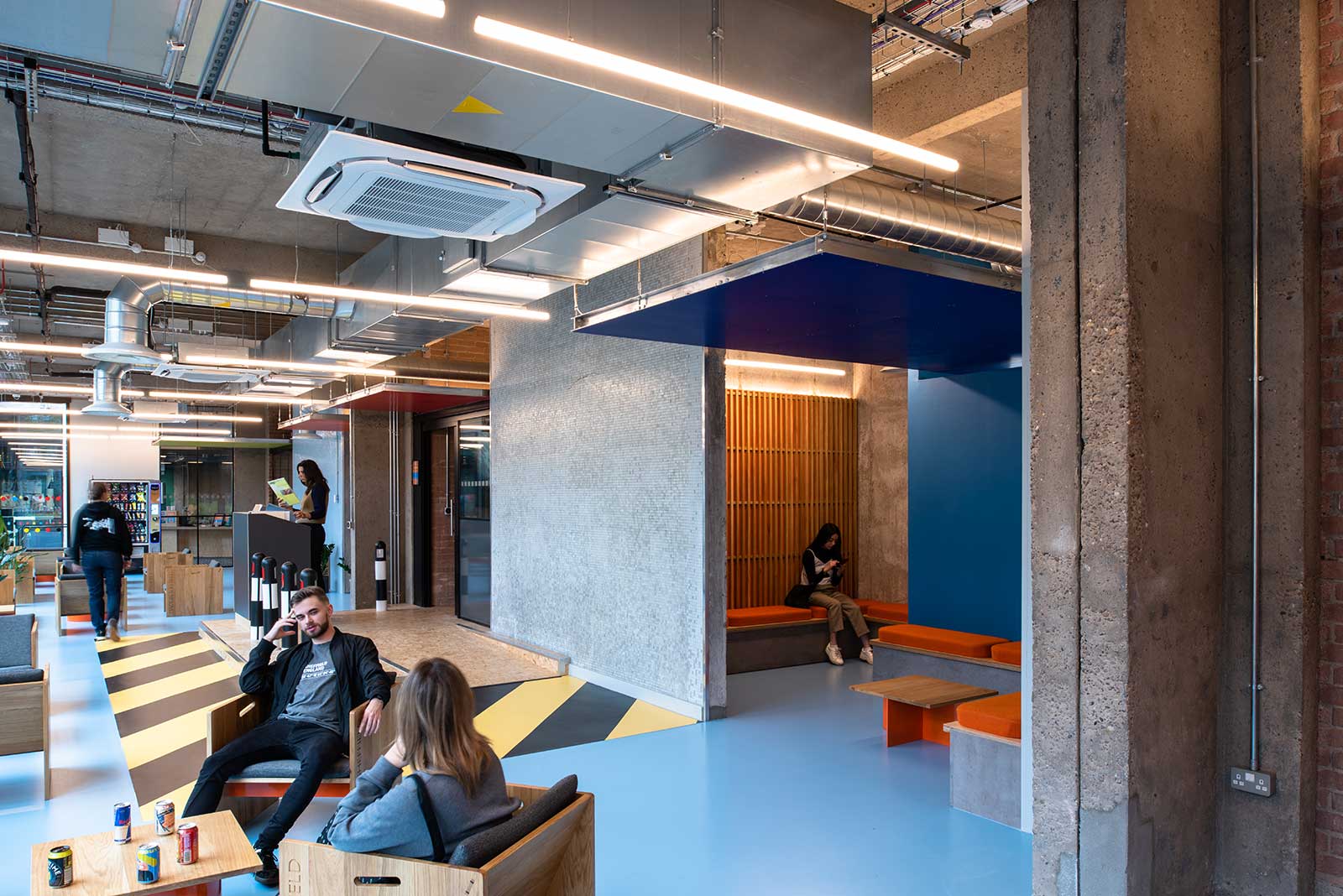
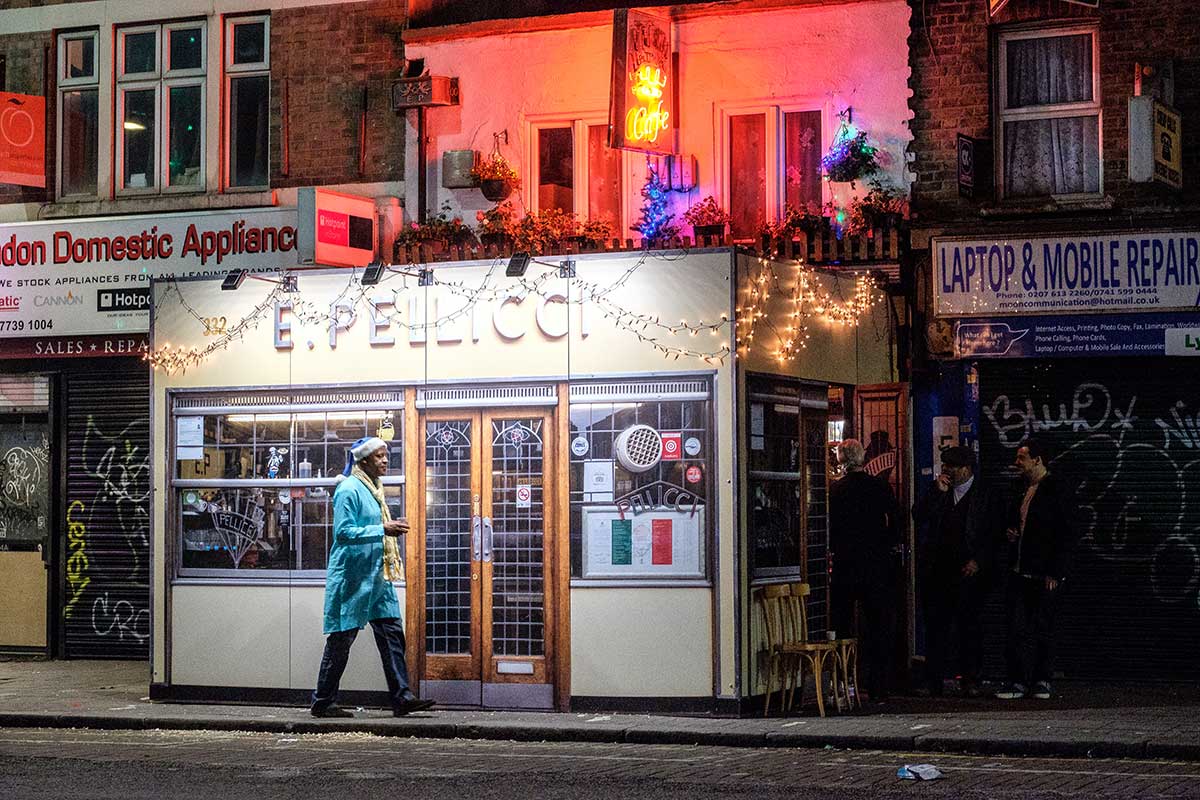 Pellicci's
Pellicci's
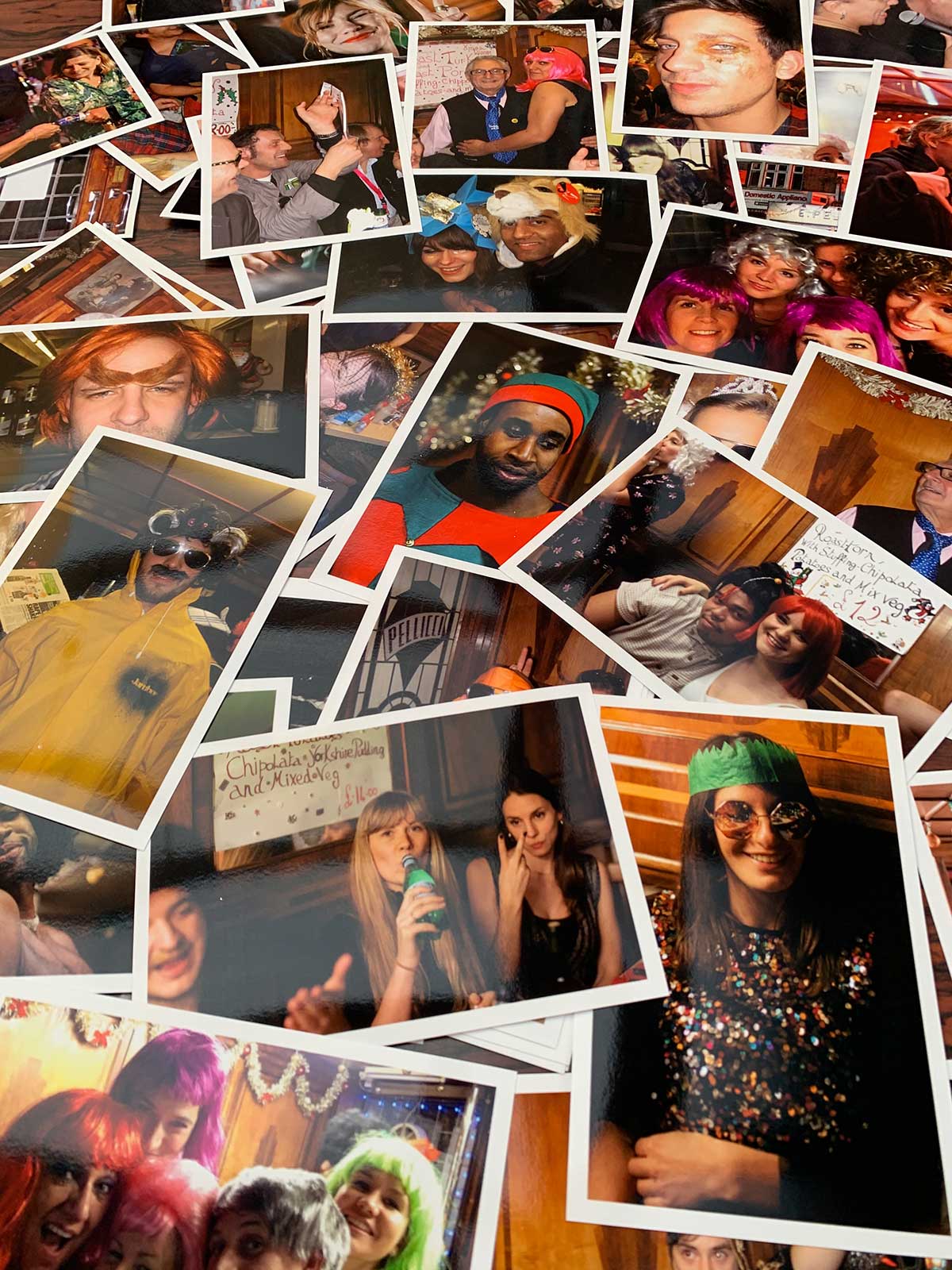
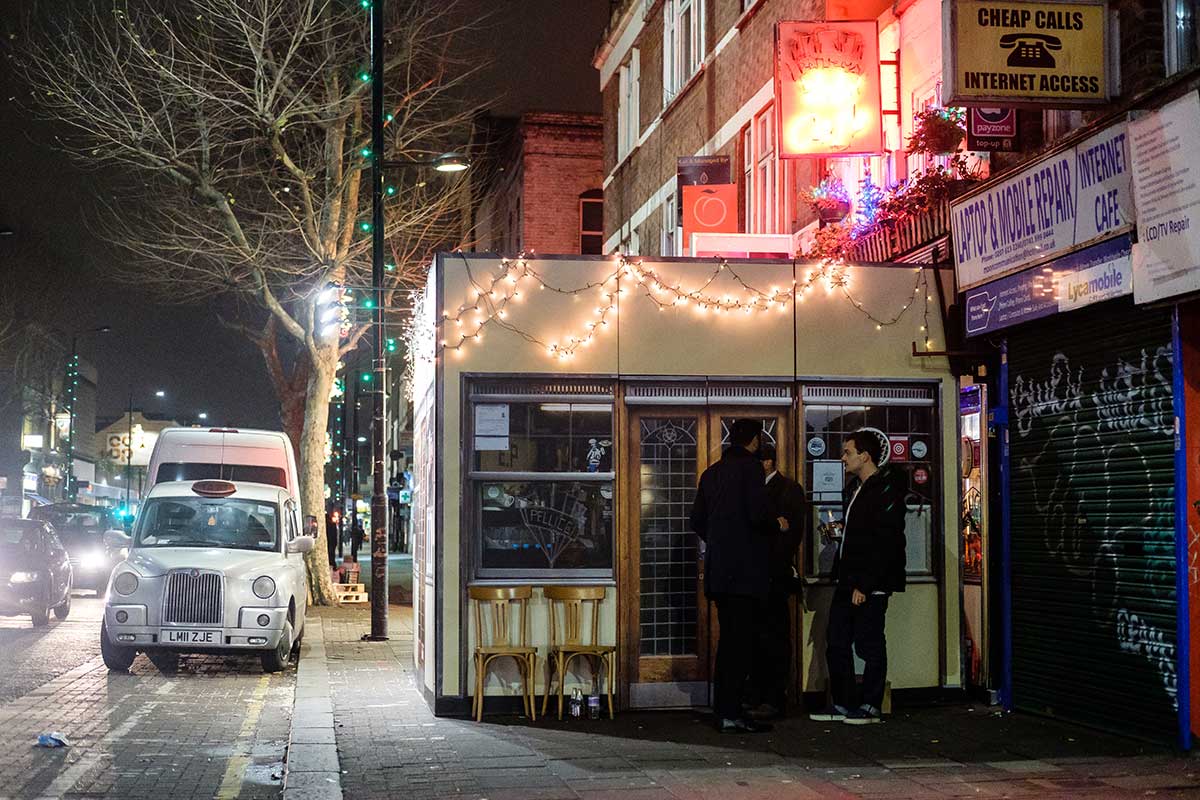 Pellicci's
Pellicci's
